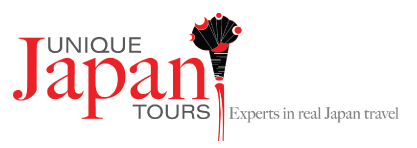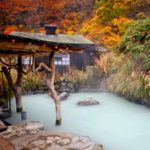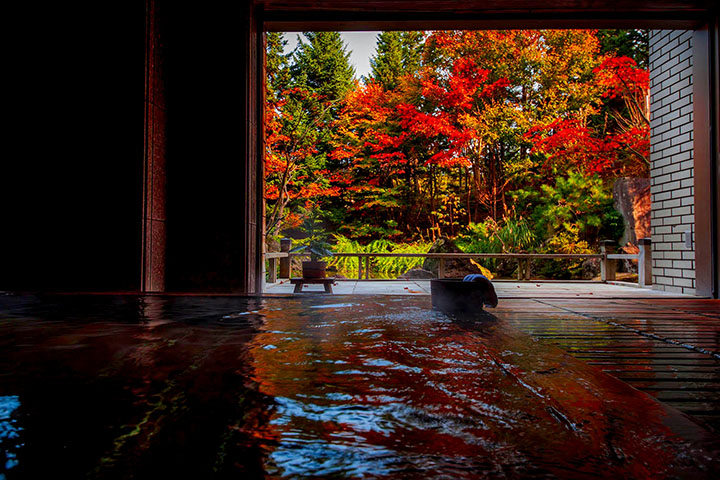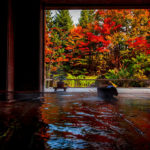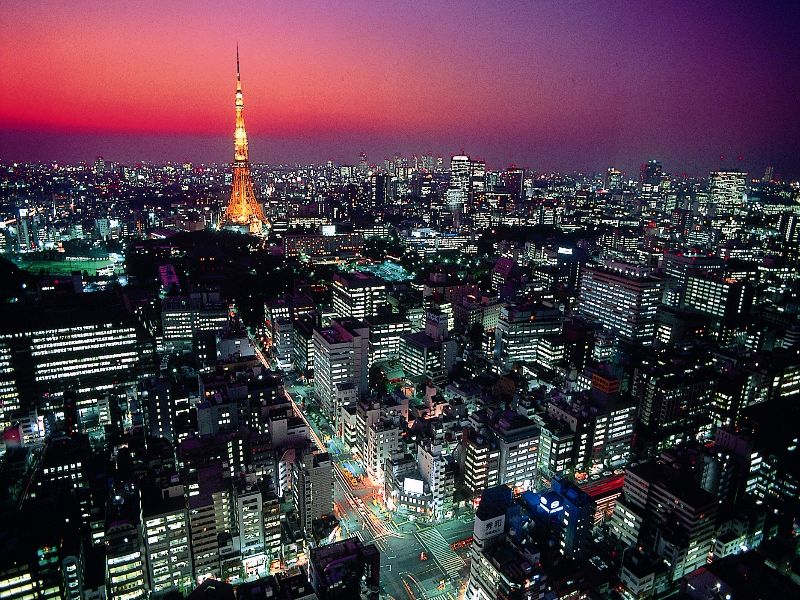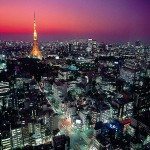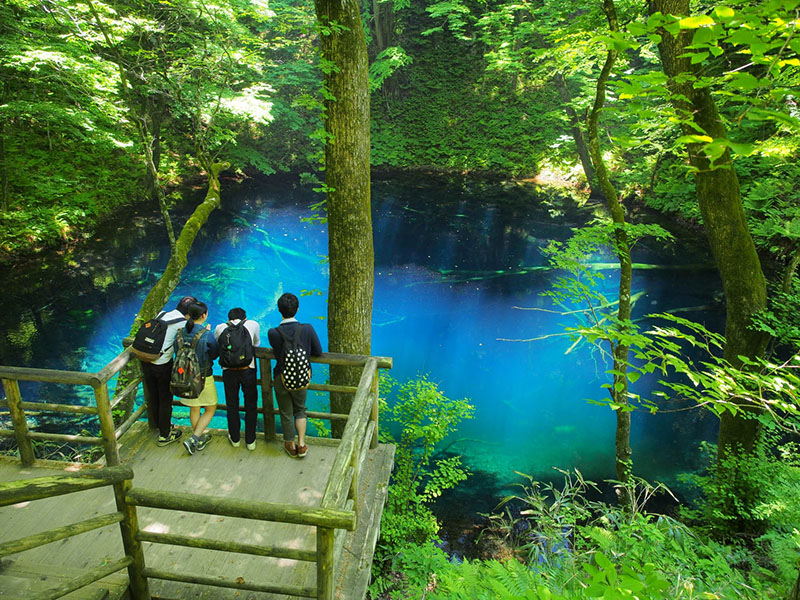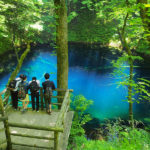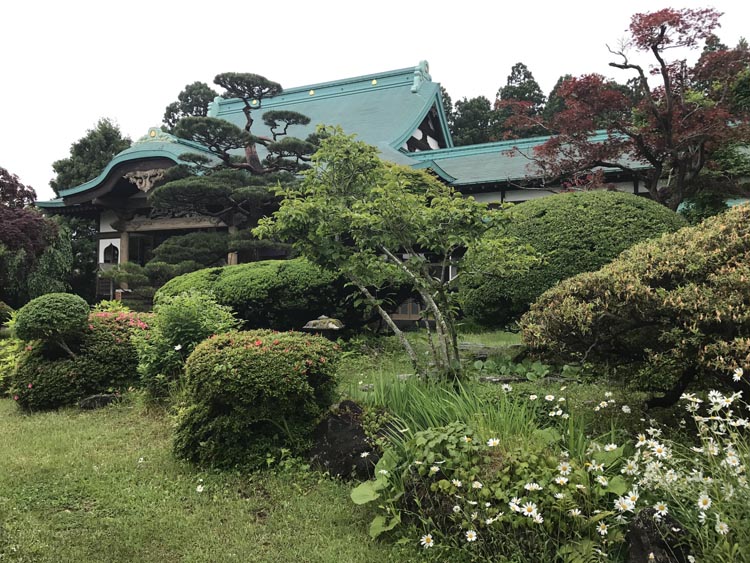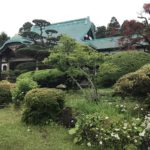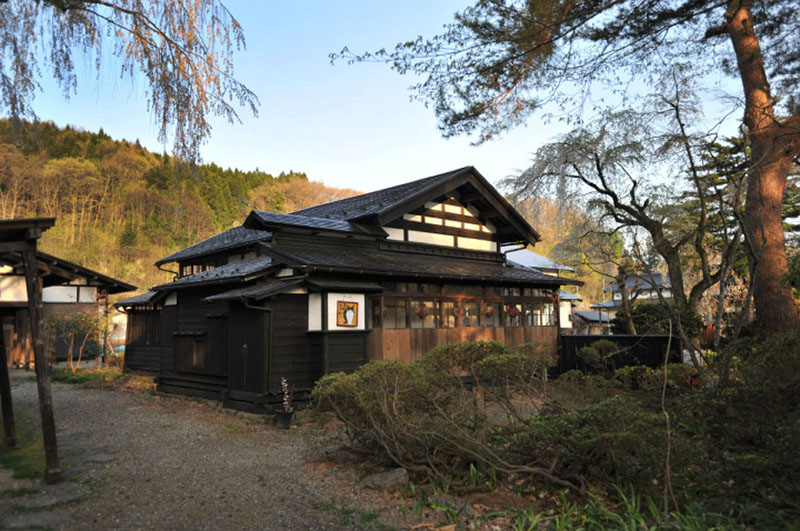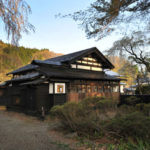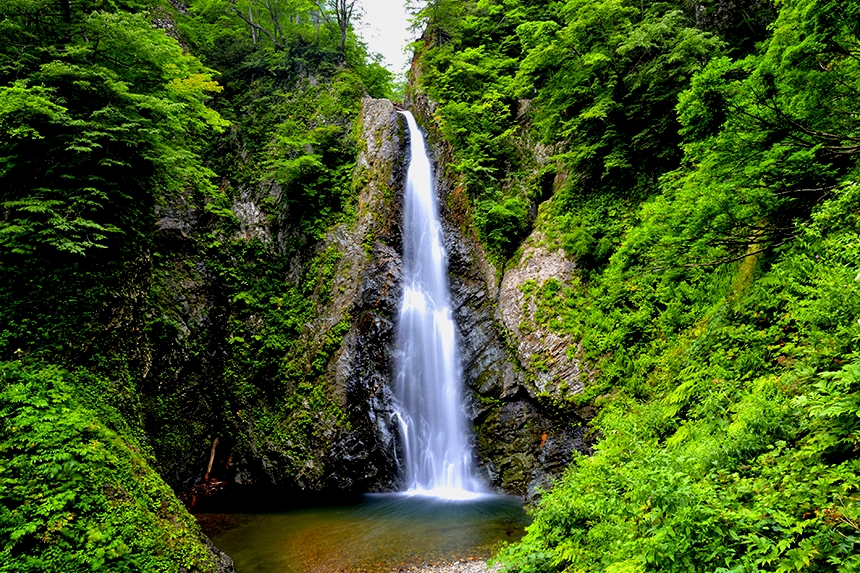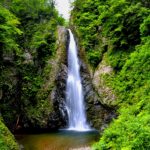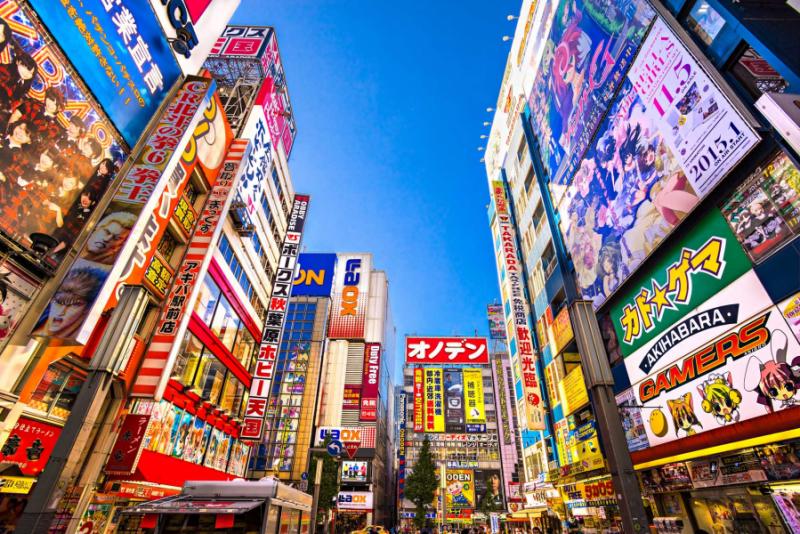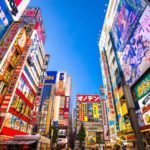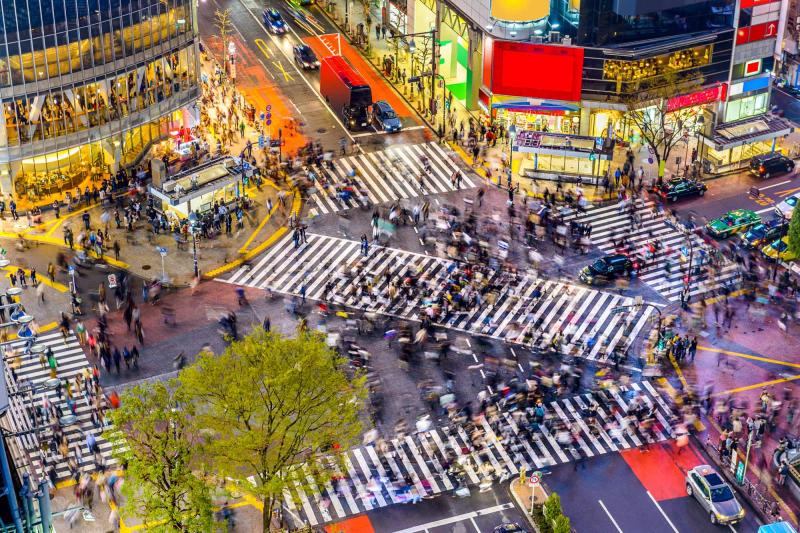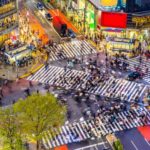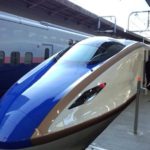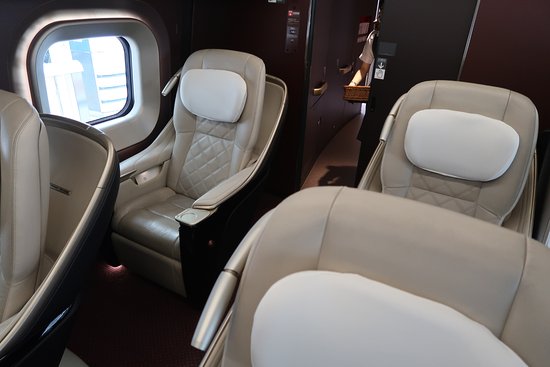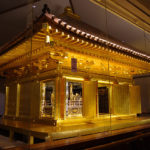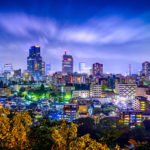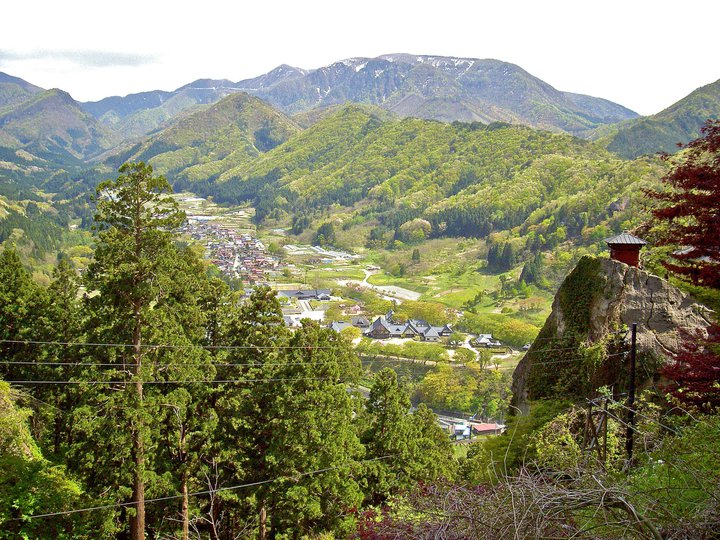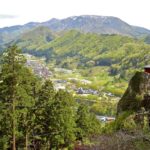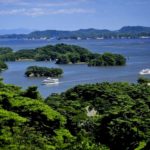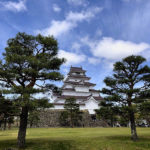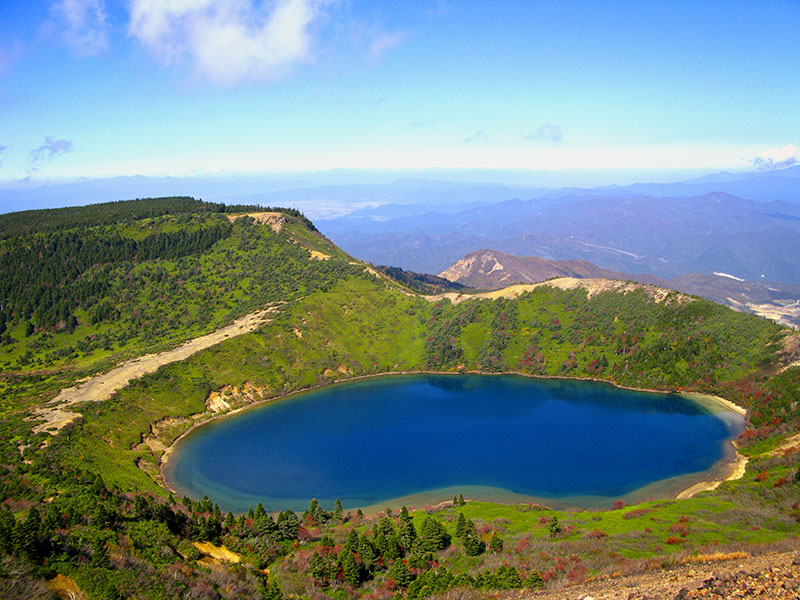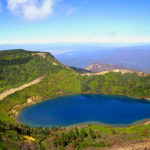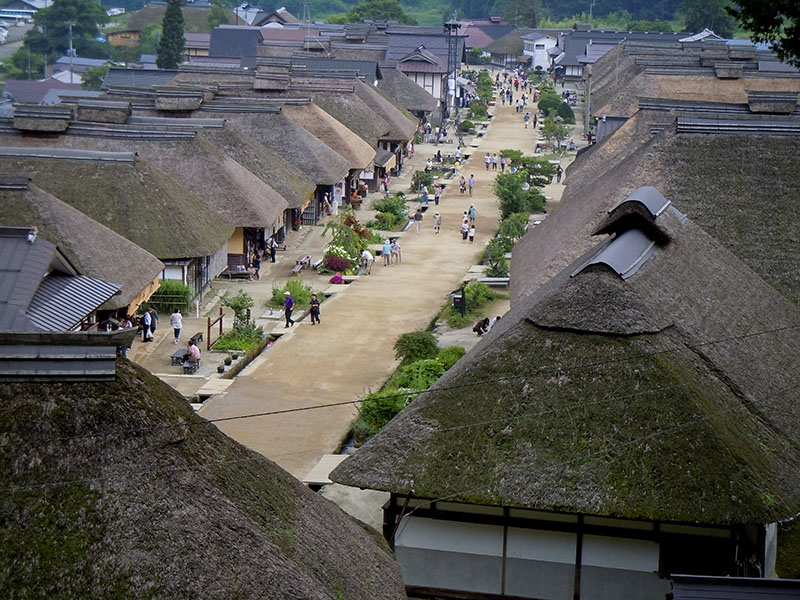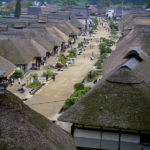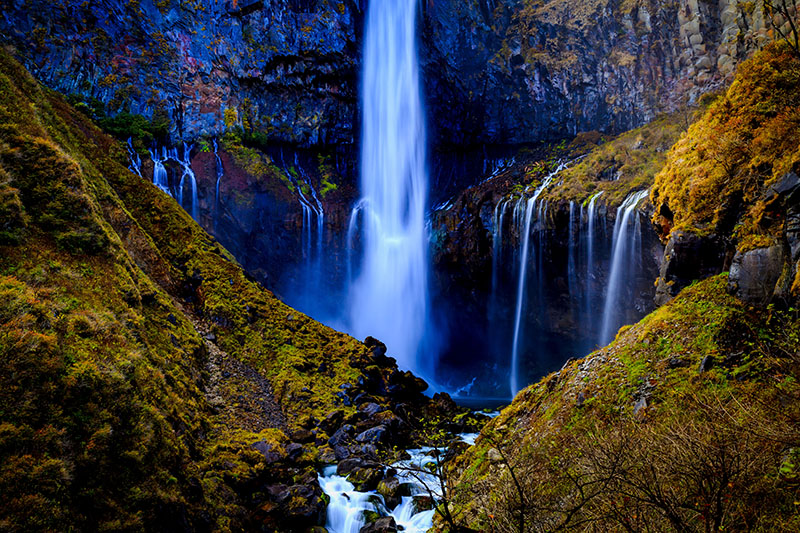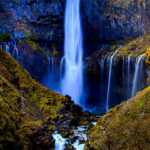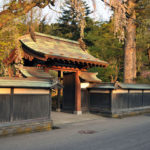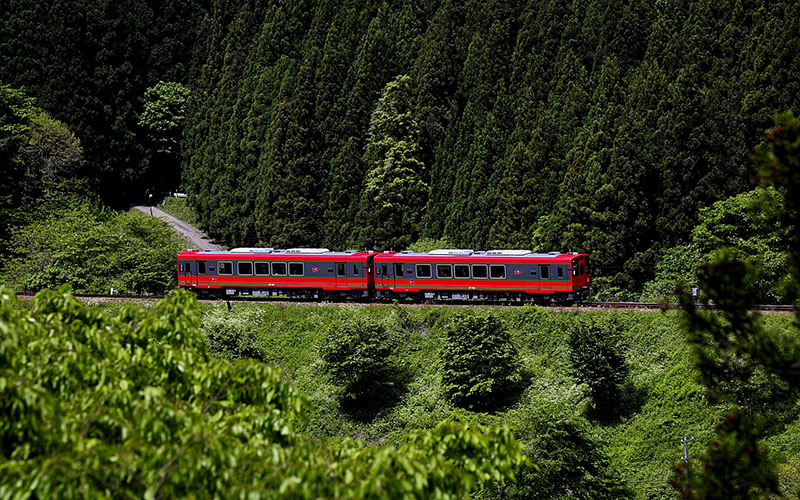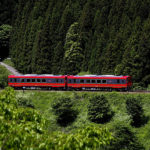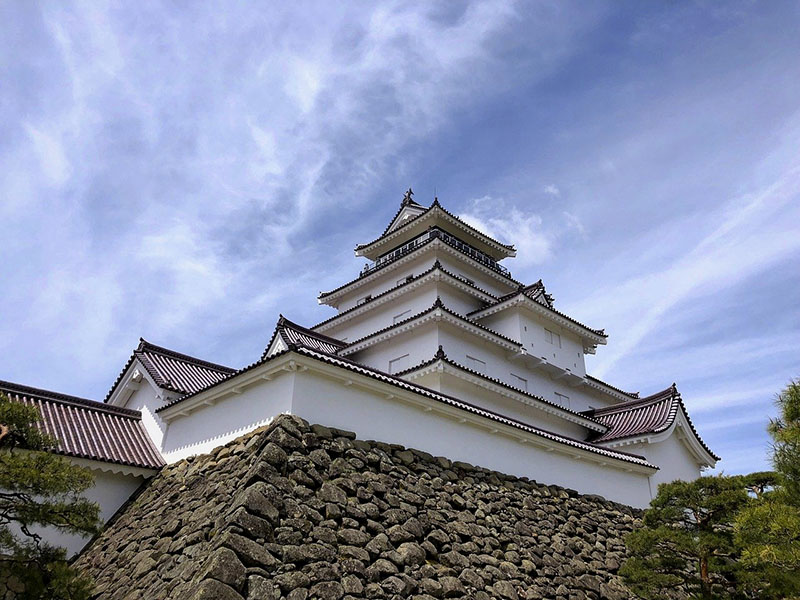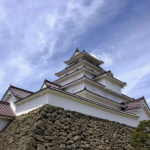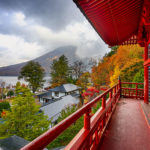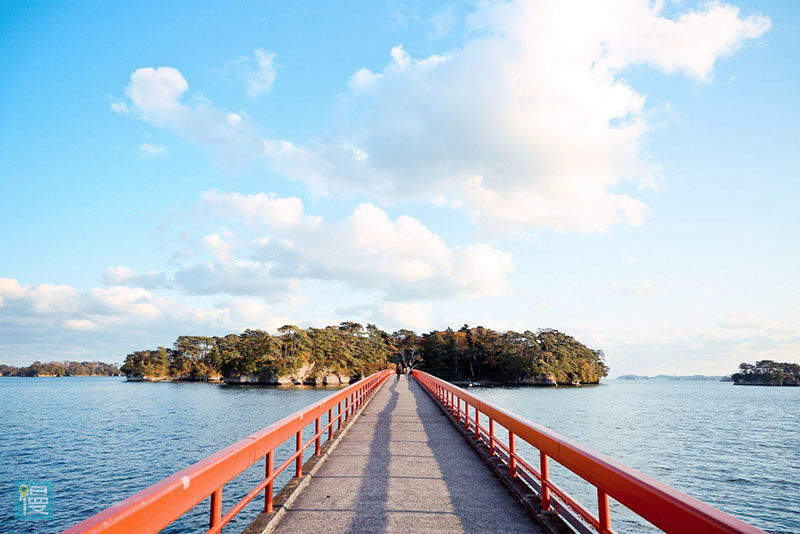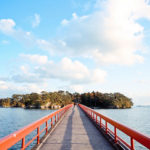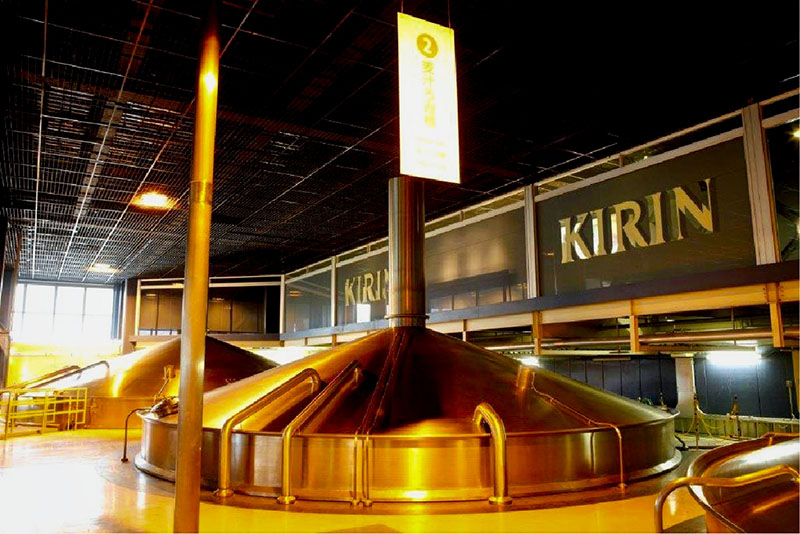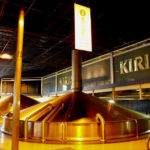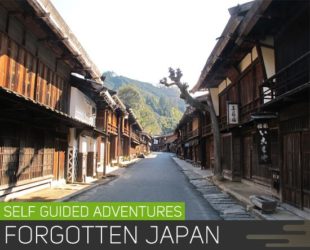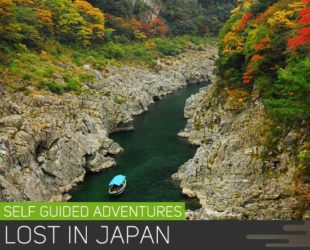Discover Tohoku
From the neon metropolis of Tokyo city, you will voyage north on a path less trodden to discover the wonderful wonders of Tohoku. Ride on the Granclass luxury bullet train to the northern prefecture of Aomori before exploring the sublime nature and spectacular scenery of Akita prefecture. Forage for wild ingredients in native forests. Stay overnight in a temple, visit authentic samurai villages and dip in 300 year old onsen close by stunning lakes, mountains and forests. Visit multiple UNESCO world heritage sites, and the occaisonal large city to contrast modern Japan with it ancient samurai past. Relax and eat like an emperor in luxurious Japanese style ryokan and stay in some historic inns before spending a night in the incredible 5 star Ritz Carlton Nikko for a final rest before returning to Tokyo city.
Route: Tokyo - Owani Onsen - Noshiro - Oga Peninsula - Kakunodate - Lake Tazawa - Sendai - Aizuwakamatsu - Ochijuku - Nikko - Tokyo
Details
Dates: Available all year round
Duration: 15 Nights/16 Days (Pre or Post Nights available on request)
Starts: Tokyo
Ends: Tokyo
Route: Tokyo - Owani Onsen - Noshiro - Oga Peninsula - Kakunodate - Lake Tazawa - Sendai - Aizuwakamatsu - Ochijuku - Nikko - Tokyo
Tour Type: Self Guided with local guides
Prices from: From € per person sharing (See Prices Below)
Accommodation Category: 3*standard /4*superior /5*deluxe / 6*super deluxe
Experiences
Tokyo Tour Guide
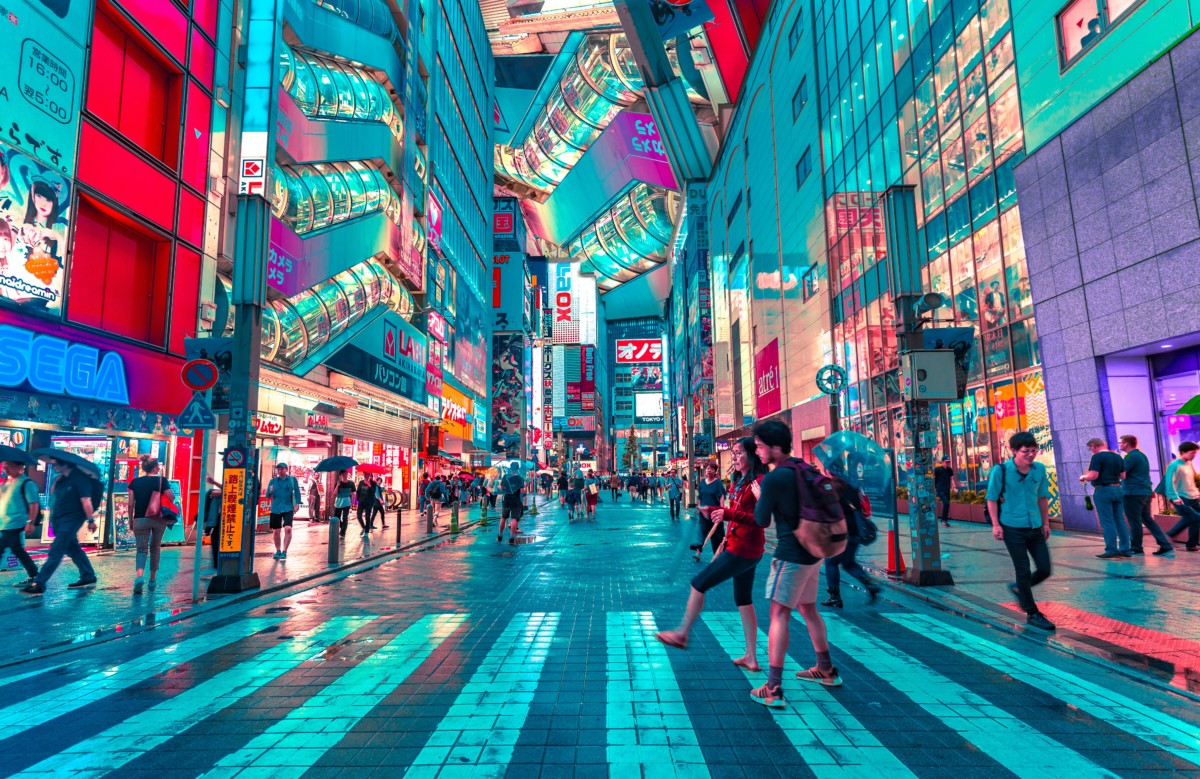
One-quarter of all Japanese live in Tokyo or the near vicinity and with a population of over 12 million inhabitants, Tokyo is one of the largest cities in the world. With its huge skyscrapers, underpasses, overpasses and crowds of pedestrians, Tokyo may not seem the most attractive city on the surface, but the city has a vibrant charm all of its own. The street-level detail is what makes Tokyo such an incredibly interesting place to explore and at every turn, you will be met with an array of sights, sounds and smells to enliven the senses. The city has many major sights to visit such as Senso-ji Temple in the old downtown area of Asakusa or the fashion hub of Shibuya from where all new trends are said to emanate. All in all a stay in Tokyo is to experience one of the world’s most vibrant and interesting cities; a capital hurtling headlong into the future whilst maintaining its links with the traditions of ancient Japan.
Granclass Luxury Shinkansen to Northern Tohoku
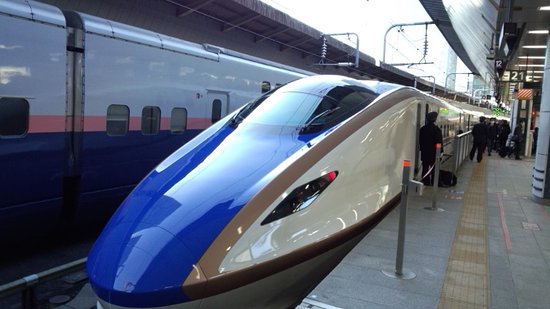
The Granclass is the absolute pinnacle of Luxurious high speed train travel. Expect to be pampered with service and comfort more like first class airline travel than any normal train journey, all whilst watching the beautiful Japanese countryside zip by outside the window at up to 320km per hour.
Luxury Japanese Style Ryokan with Onsen & Kaiseki Dinner
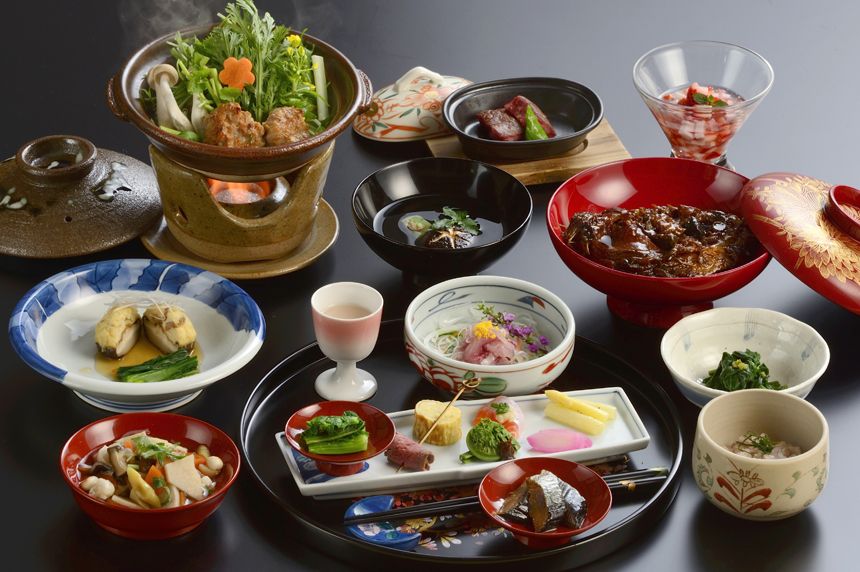
What better way to immerse yourself into any Japanese vacation than a stay in a traditional Ryokan complete with a traditional Kaiseki dining experience that will be as photogenic as it is tasty followed by a traditional onsen hot spring experience in one of the finest Ryokans in Japan.
Guided Trek in Native Forest Foraging for Ingredients
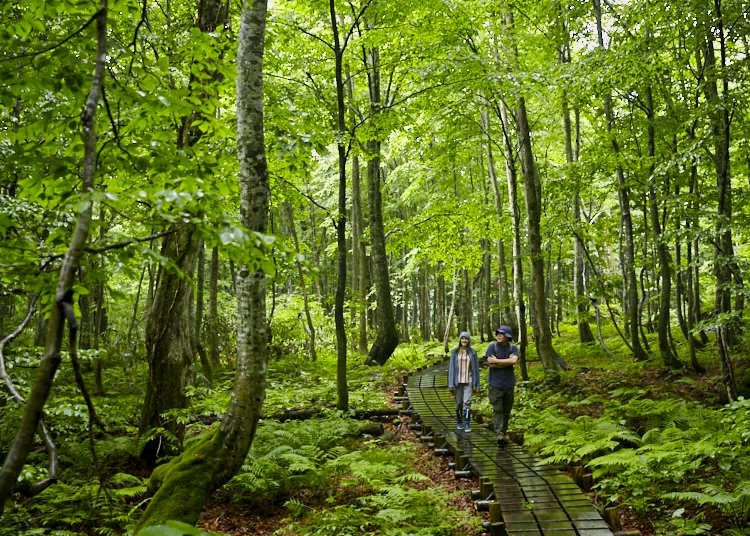
In complete contrast to the urban sprawling mega-metropolis of Tokyo, you will get back to nature and trek through native forest with an experienced and highly knowledgable local guide who will bring you to forage for mushrooms and other wild ingredients that will form part of your meal later than evening.
Coastal Drive in Oga Peninsula
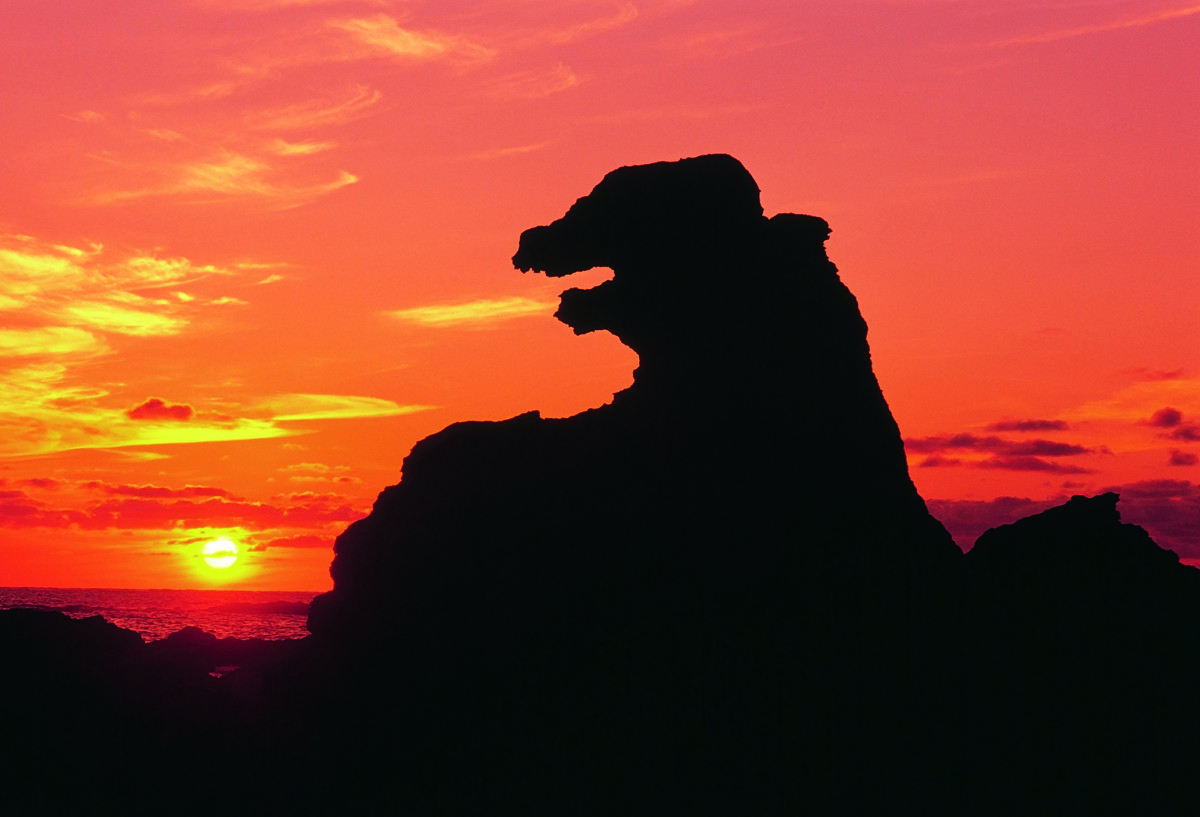
After picking up your rental car at Noshiro station, you will enjoy one of the most scenic drives in Japan; a 1 hour coastal drive to your rural lodgings in Oga Peninsula. You may have lunch at the nearby fish market before heading along the undulating roads of the west coast. Among many of the highlights on this driving route, you may try to catch the sun set over Godzilla Rock, before heading back to your accommodation to change before heading out to enjoy a sake brewery tour and exquisite pairing course.
Kakunodate Authentic Samurai Village
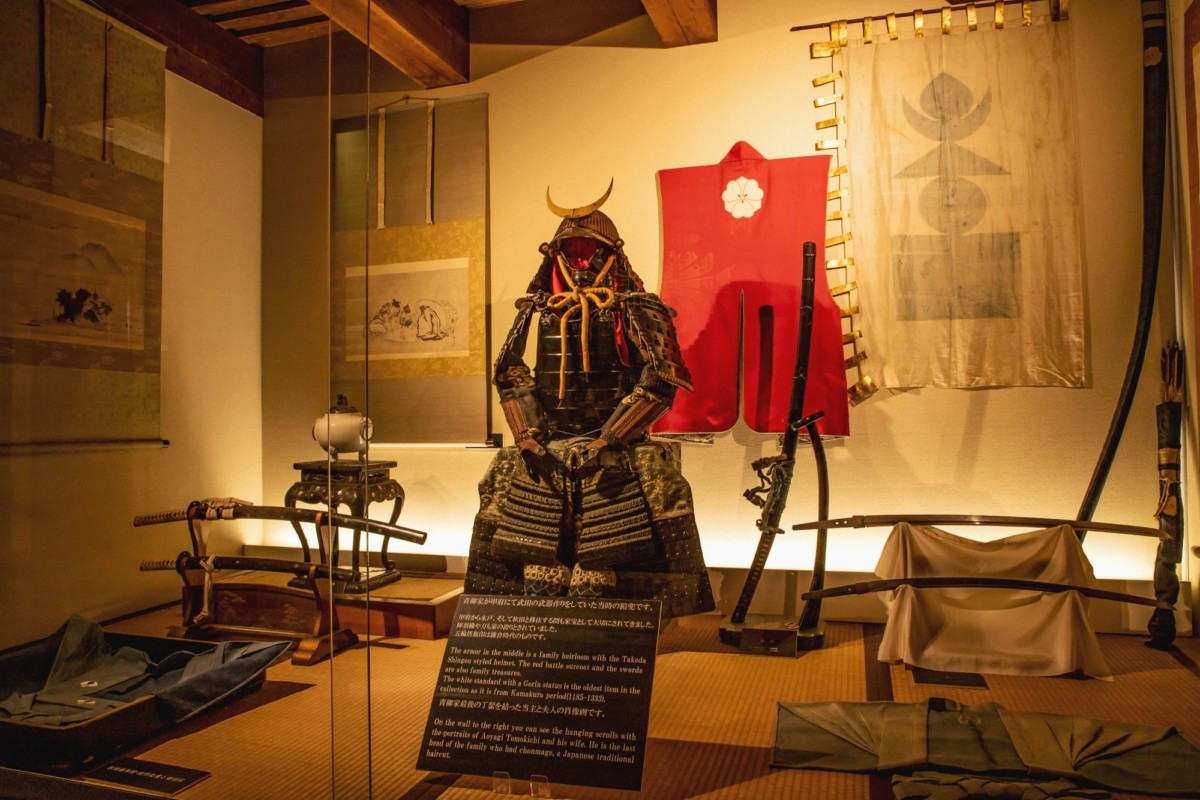
Kakunodate sometimes referred as ‘the little Kyoto of Tōhoku’, looks today much as it did back in 1620 when the city was founded. Kakunodate boasts authentic Edo-period architecture in two distinct areas; the samurai district and the merchant district. Once home to 80 families, the samurai district still has some of the best examples of samurai architecture in all of Japan.
A couple of the houses are still lived in by the descendants of their samurai, so you may even get the chance to meet a modern-day samurai in the flesh! These houses show how middle-class and wealthy samurai families lived. Six are open to the public, including Aoyagi, which is impressive for its size, layout, and collection of historical artifacts.
The countless weeping cherry trees in the samurai district were planted in the 17th century, brought back from Kyoto by local samurai families. Nowadays, more than a million people journey to see Kakunodate’s thousands of cherry trees bloom, making it one of the country’s most famous hanami or cherry blossom viewing spots.
Take advantage of the commanding views looking over the town from the former castle site. Explore Japan’s feudal past & shop at 400-year-old stores. The impressive brick structure of the Ando Jozo Miso storehouse stocks miso and soy sauce, which have been produced using the same method for over 150 years. Buy some to take home a taste of history. Before you leave, be sure to grab some of the town’s traditional sweets, called morokoshi. Made from refined adzuki beans, they make a delicious souvenir.
Cycling Foodie Tour around Lake Tazawako
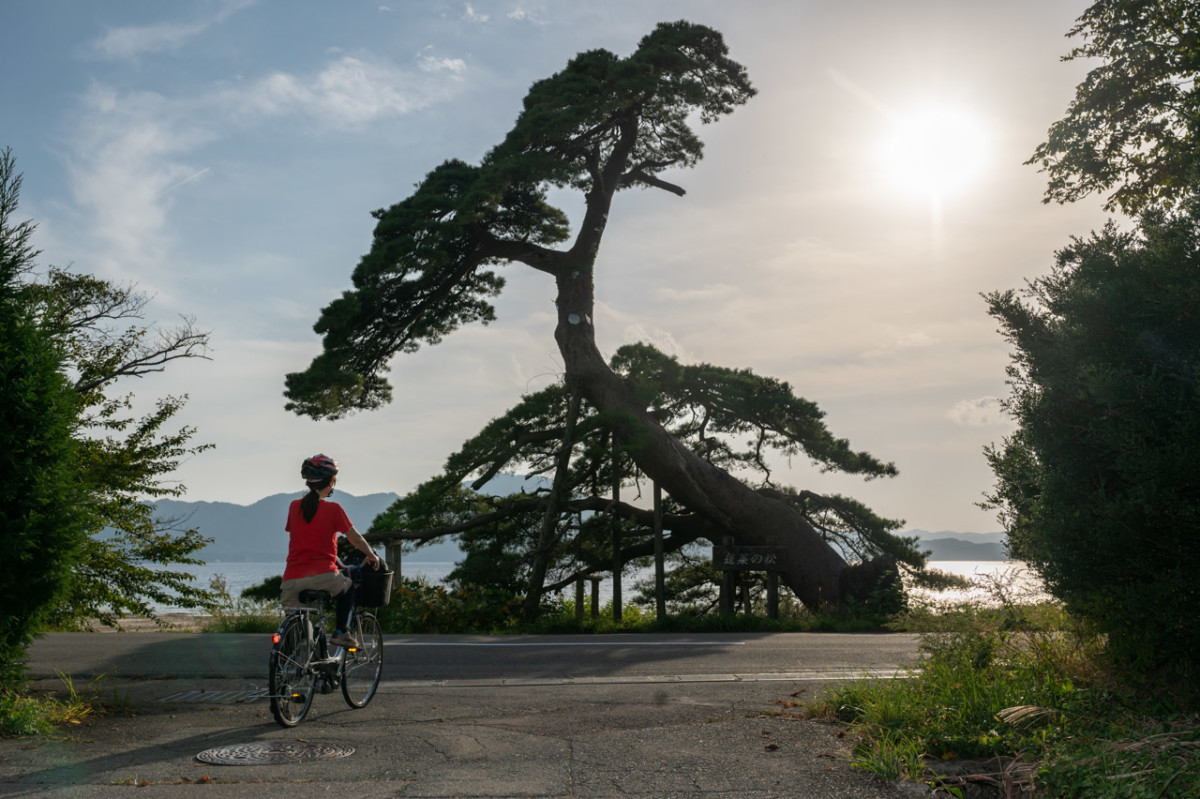
Lake Tazawako is the deepest lake in Japan and many would argue one of the most beautiful. The roads that circle the lake have great surfaces for cycling and offer stunning views all the way around. Join a charismatic local guide for a highly enjoyable bike tour around the lake taking plenty of stops to highlight different aspects of food in the local area. You’ll finish by enjoying a grilled or BBQ’d meal together with your friendly guide.
Chuson-ji Temple (UNESCO World Heritage Site)
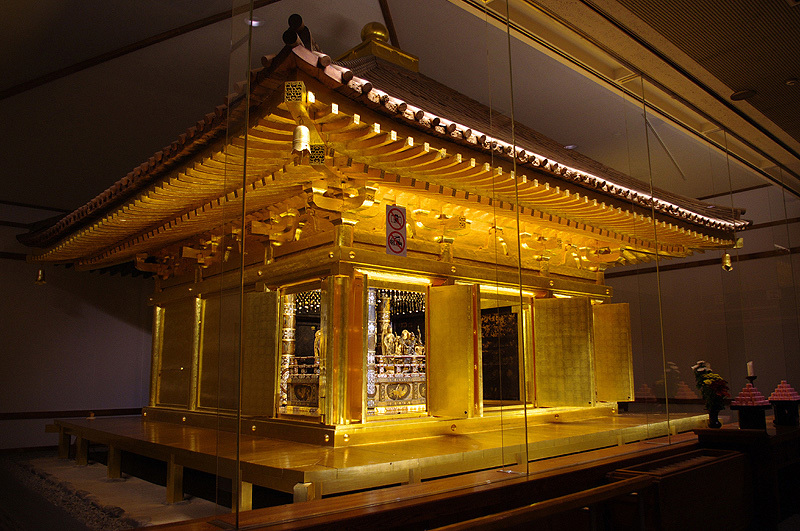
Founded in 850, Chūson-jí is a Buddhist temple in the town of Hiraizumi in southern Iwate Prefecture, Japan. Chūson-jí was designated as a Special Historic Site in 1979 and in June 2011 was listed as a UNESCO World Heritage Site as a part of the “Historic Monuments and Sites of Hiraizumi”.
Similar to Kinkaku-ji Temple in Kyoto (but without the crowds of fellow tourists), Chuson-ji’s main hall is covered entirely in gold leaf. The hall, known as Konjikido and which dates back to 1124, is enclosed inside another building for safe-keeping. Inside, Konjikido shrine is lavishly embellished the decorations use mother-of-pearl inlays, woodwork, metalwork, lacquer-work, and paintings, bringing together many aspects of late Heian period arts and crafts. It represents the peak of the craftsmanship of the classical period. It also serves as a clear reminder of the region’s history of mineral wealth and gold production, and by some historical accounts, may have been an inspiration for Marco Polo’s writings of “the golden land of Zipang”.
In the 12th century, Lord Kiyohara of the Fujiwara clan undertook a large-scale construction project to expand the temple in memory of the lives lost during previous wars. At its height, Chuson-ji had more than 40 halls and pagodas, and 300 residences for monks. The temple complex declined after 100 years during a period of political strife. Only two temple structures survived a massive fire in the 1300s.
The Sankozo Museum (also called the Treasure Hall) opened in 2000 to preserve Chuson-ji’s historic treasures. More than 3,000 important cultural properties and national treasures are housed here, such as Buddhist statues, scriptures, and other relics that survived the devastating fire. When the Fujiwara clan fell, Hiraizumi’s influence waned and the golden hall is one of the few remaining structures from this period causing the haiku master Matsuo Basho to write:
The summer grass is all that’s left of ancient warriors’ dreams.
Sendai City
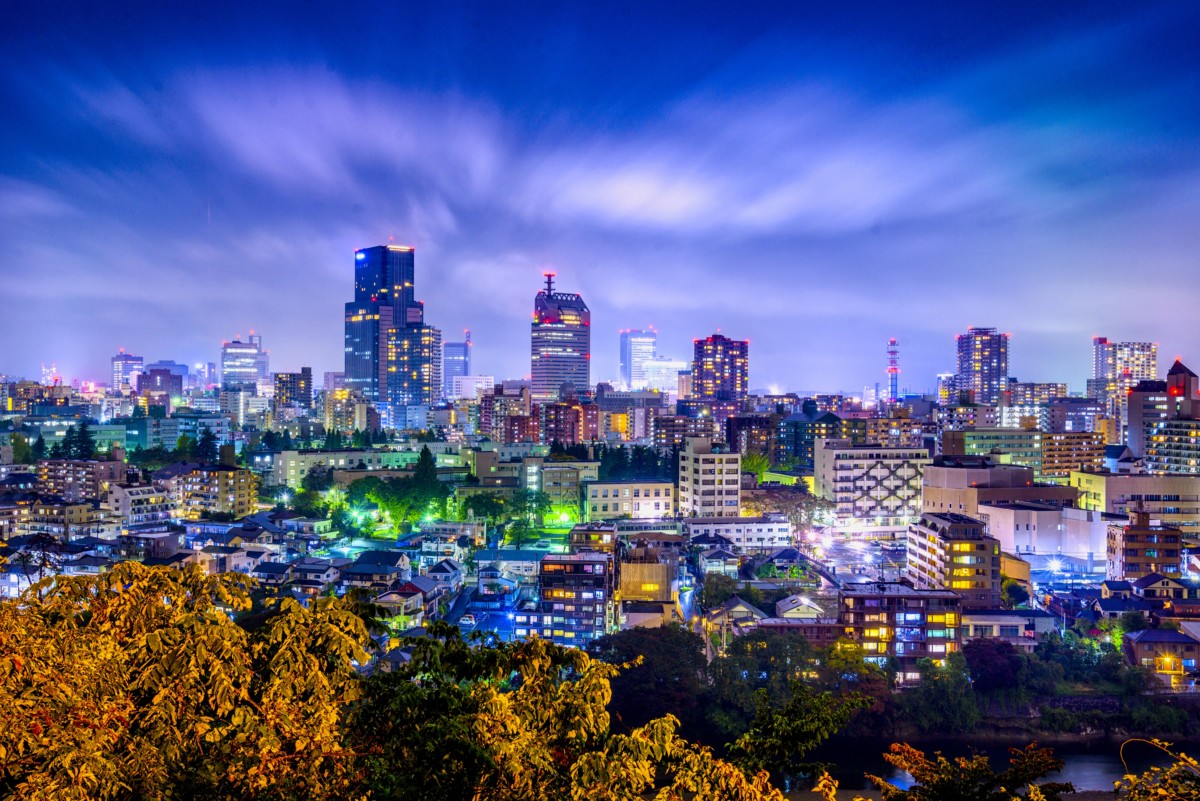
With roughly one million inhabitants, Sendai is by far the largest city in the Tohoku region and one of the country’s 15 largest cities. The samurai benefactor Date Masamune (one of feudal Japan’s most powerful lords) is synonymous with founding Sendai in 1600, and his lasting legacy is a ruined castle set in pleasant gardens. Many of Sendai’s tourist attractions are related to Masamune and his family and the city’s samurai history is displayed in well-preserved historical sites and architectural treasures.
Due in part to being bombed heavily during WWII, the city has a modern feel with wide tree-lined boulevards that have a European feel. The compact city center and grid-like streets aligned north-south and east-west allow for easy access on foot to dining and shopping options. Those seeking some retail therapy can check out the upscale Izumi Premium Outlet, or take a short 18-minute train ride to experience the largest outlet shopping center in Tohoku, the 120-store Mitsui Outlet Park. For traditional crafts including kokeshi dolls, stop by Shimanuki, near Sendai Station.
The main shopping and entertainment area is around Ichibancho Avenue, where there is a reasonable selection of shops, bars, cafes, restaurants, and clubs. Finish your day with some fine dining or a few drinks in Kokubuncho, Sendai’s nightlife district packed with over 2,500 bars and restaurants. The nightlife district is impressive for a relatively small city.
Grilled beef tongue, or gyutan, is the local specialty and a must-try for meat-eaters. There are many restaurants specialising in grilled meat and gyutan around the station area. If you’re not in the mood for meat, zunda, a sweet green soybean paste, is the other local favorite and used to top everything from mochi rice to ice cream parfaits. Sendai is the surprising home to a piece of hamburger history. Located among the bustling bars and clubs of Kokubuncho is Hosoya’s Sandwich, possibly Japan’s oldest hamburger restaurant, still serving up classic American-style burgers to this day.
Sendai was the closest major city to the epicenter of the earthquake of March 11, 2011. The tsunami devastated the city’s coastal outskirts but did not cause major damage in the city center. Virtually all tourist spots reopened within a few months of the earthquake.
The city’s wide, tree-lined streets fill up in summer for spectacular Tanabata Matsuri, one of Japan’s most famous festivals. Sendai’s big annual event, the Tanabata festival is held from 6 to 8 August.
Yamadera Mountain Temple Hike
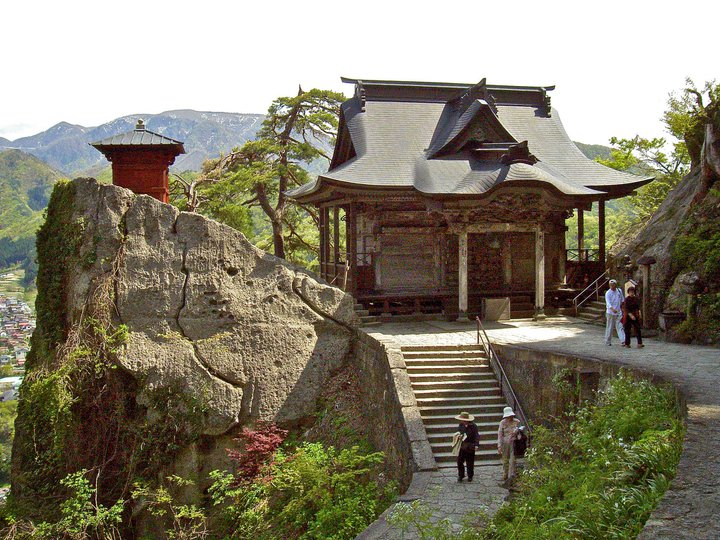
Just a short train ride from Sendai city, Yamadera literally means ‘mountain temple’ which is a descriptive name for this atmospheric temple complex clinging to the steep mountainside. Founded in 860, you’ll have to climb 1,015 steps cut into the side of a mountain to reach the Okunoin, the heart of this mountain temple complex. The climb is kept interesting with many shrines and artifacts to observe along the way up and rewarded with spectacular views of the countryside valley down below.
Before or after your climb be sure to spend some time in the village at the foot of the cliff, where you will find tiny local shops, restaurants, and plenty of vendors selling “miso-dango”; Yamadera’s local specialty (chewy rice cakes covered in a spicy miso paste and grilled over charcoal).
Matsushima Bay Cruise
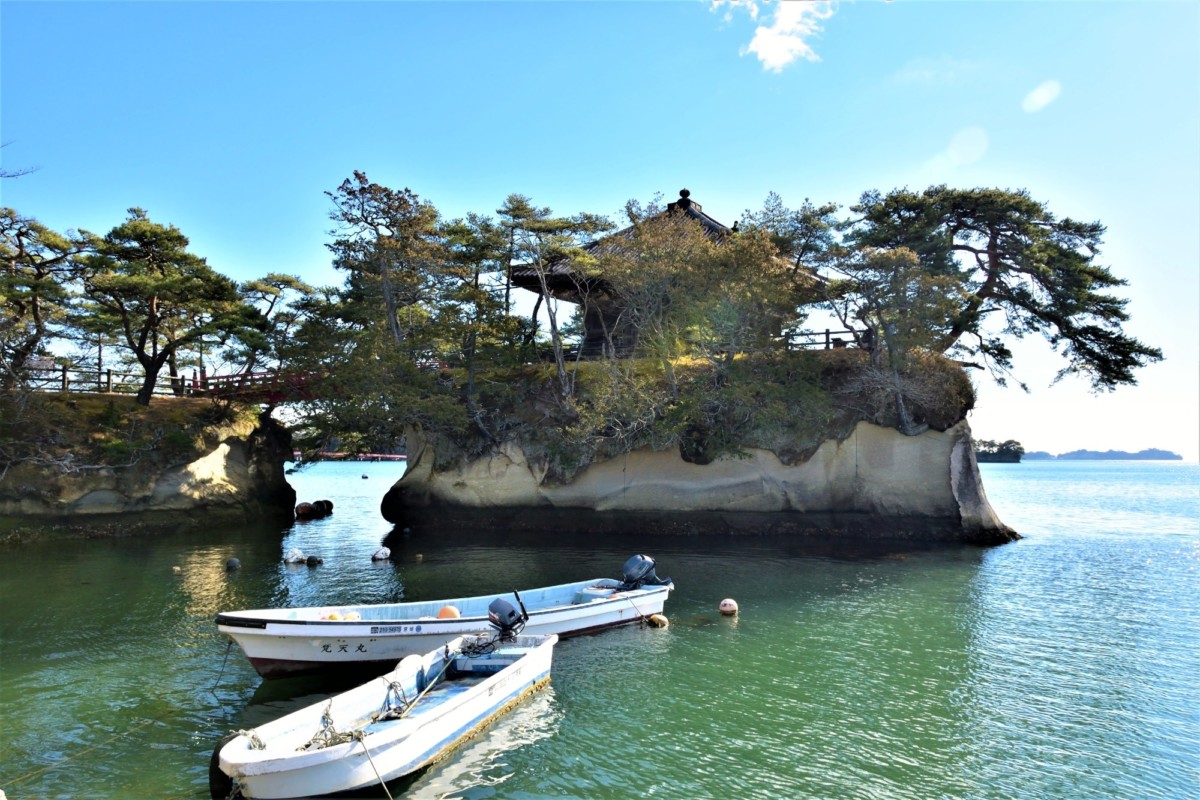
Located half an hour outside of Sendai, Matsushima is famous for its bay. For hundreds of years, Matsushima Bay has been celebrated as one of Japan’s three most scenic views (alongside Miyajima and Amanohashidate). The bay is dotted by over 200 small islands covered by pine trees. The small town is also known for Zuiganji, one of the Tohoku Region’s most important Zen temples.
Matsushima was hit by the earthquake and tsunami of March 11, 2011, but escaped major damage thanks to its protected location inside the island-dotted bay. Most tourist attractions, shops, and hotels reopened within a few weeks or months of the earthquake.
Famous for its sea views and sunsets, you can try the local foods, all while walking around the tourist-friendly Matsushima shoreline. Enjoy close up views of the hundreds of pine tree-covered islands in the bay on a sightseeing boat cruise (approx 50mins).
Aizuwakamatsu Tsuruga Castle
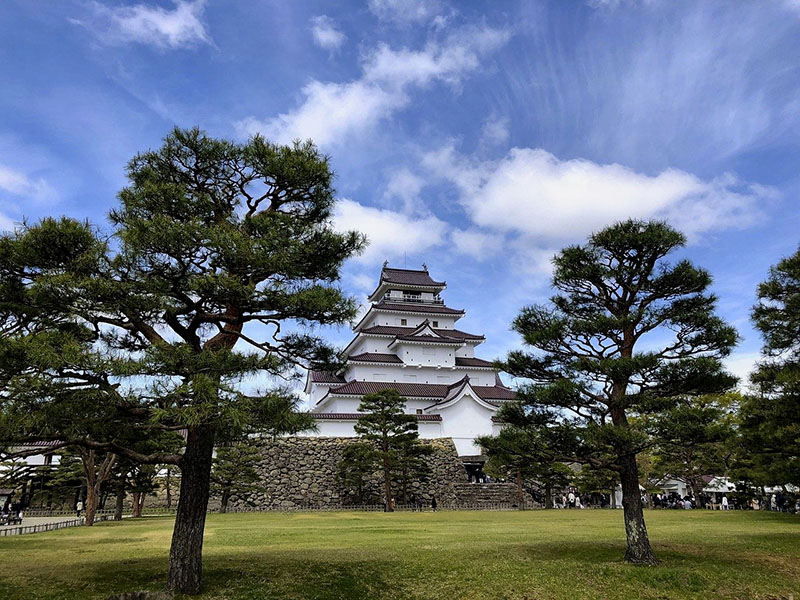
Surrounded by scenic mountains, Aizu-Wakamatsu in western Fukushima Prefecture is a bustling former castle town with friendly locals deeply proud of their history and culture.
The region is known for its pristine landscapes, quality sake, traditional crafts, and rich samurai history. Enjoy exploring Aizu Wakamatsu’s winding little streets walking in the footsteps of past samurai.
Renowned for its award-winning sake distillery and as being the refuge of the last samurai, Aizuwakamatsu is worthy of history buffs and sake lovers alike. Aizu is naturally blessed with three important qualities for sake making; high-quality rice, pure water springs, and cool weather. Suehiro is one of the largest sake producers in Tohoku and there are hourly tours around the brewery in the centre of town.
Today visitors can soak up samurai culture at the reconstructed Tsuraga-jo Castle, as well as the old samurai residences and Nisshinkan. Tsuruga Castle was built in 1384 and changed hands many times between the different rulers of the Aizu region. It was destroyed after the Boshin War of 1868, a rebellion against the newly formed Meiji government, which had taken over control from the Tokugawa shogun and put an end to Japan’s feudal era. Tsuruga Castle was one of the last strongholds of samurai loyal to the shogunate.
While the castle has been rebuilt in the 1960s, the garden’s walls and moats are original. Climb to the top floor of the castle keep and look out onto the surrounding city. The inside of the building is an interesting museum with attractive displays about the history of the castle and the samurai lifestyle.
The castle is surrounded by the immaculate Tsuruga Castle Park, filled with beautiful cherry blossom trees. A visit to the castle is especially worthwhile during the cherry blossom season in early April when the gardens are alive with vibrant white and pink colors. Be sure to take a relaxing break at Rinkaku Teahouse in the park. After you view the beautiful historic teahouse, you can enjoy some great traditional tea in the same spot where feudal lords once had tea ceremonies.
Ochijuku Postal Town Thatched Roofs
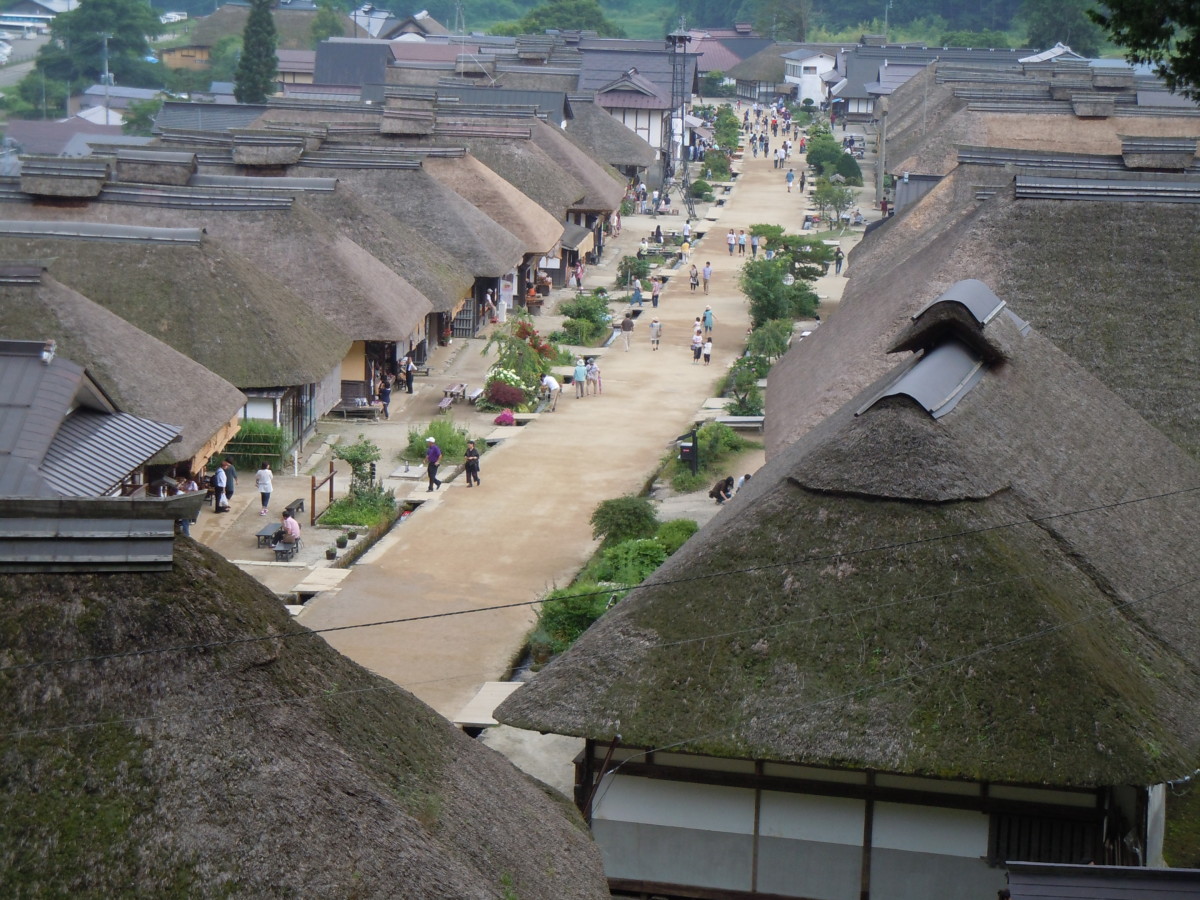
During the Edo period (1603-1867) Ōuchijuku was a “post town” along the Aizu-Nishi Kaido trade route, which connected Aizu with Nikko during the Edo Period. Post towns dotted the long road to Edo where rural samurai went to procure rice and food supplies. They would walk for several days on the road, and then stay the night in one of these post towns along the way.
Ouchi-juku is filled with buildings that are over 300 years old, with traditional thatched roofs and streets with running water to either side. At the end of the main road is a short but steep set of stairs that leads to a temple. From the temple, you can see a beautiful panoramic view of Ouchi-juku in its exquisite mountain setting.
Today, Ouchijuku has been restored to look as it did hundreds of years ago, with telephone and electricity wires buried. Many of the buildings have been preserved from this time, providing visitors with an authentic time-travel experience to one of Japan’s most culturally rich periods. The unpaved main street is lined by thick thatched-roof buildings.
The over 30 remaining thatched roof houses in Ouchi-juku that were once farms are now stores and souvenir shops. You can enjoy a variety of light snacks that have been loved since the Edo period, including scallion buckwheat noodles, char fish grilled in a sunken hearth, and the fragrant and sticky sweet potato rice cakes.
The town’s traditional buildings are now officially protected. Visitors can travel back in time to the Edo period as they walk along the row of thatched-roof homesteads. Traditional lifestyles can be seen inside the houses with various displays such as old-fashioned Irori fireplaces and the homewares of the era. There is also a museum with Edo Period artifacts.
Single Carriage Train through mountains to Yunokami Onsen Station
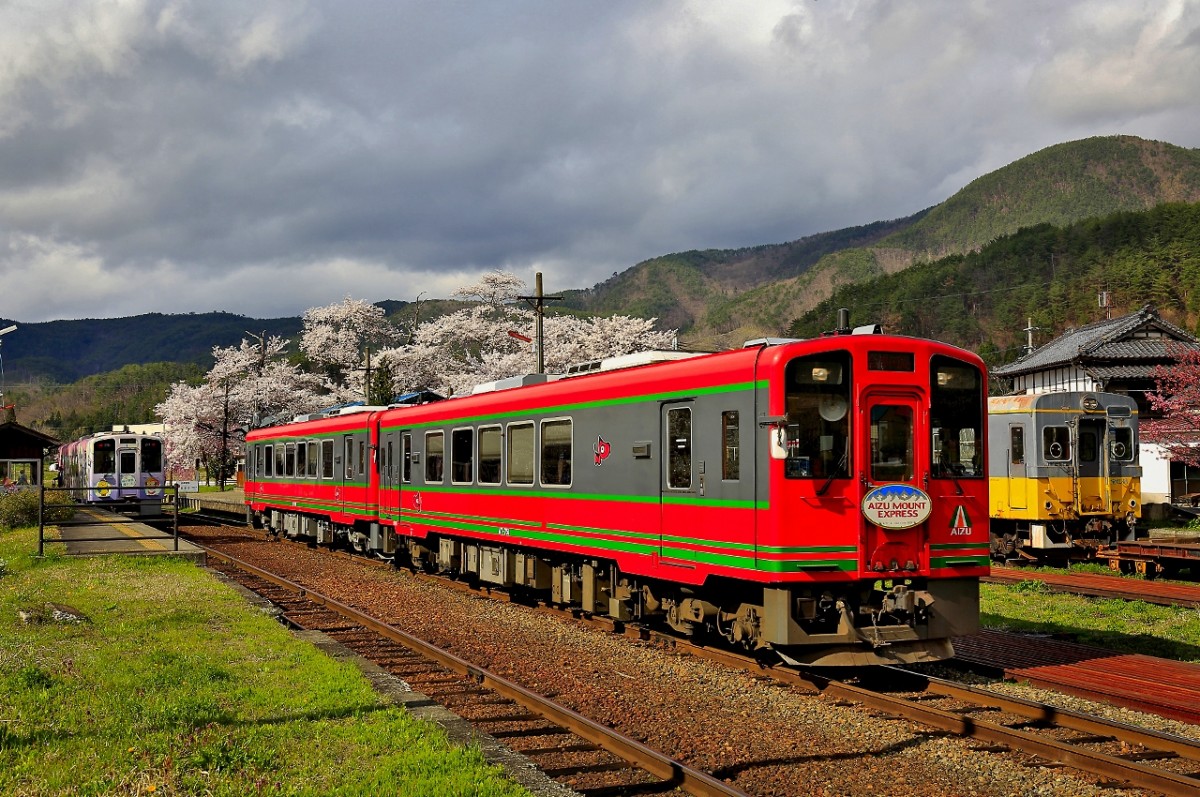
Yunokami Onsen is a famous railway station on the Aizu Railway Aizu Line. It is the only train station in Japan with a thatch roof. The half-timbered thatch roof station building has an “irori” open hearth fire in the waiting room.
The area around the station is also famous for its rows of cherry trees. In April when the cherries bloom, many people visit to see the beautiful combination of the thatched station building, together with gloriously blooming cherries and passing trains. Spring is not the only time to visit, as each season has its own unique appeals that enhance the beauty of the station: the dark green of the mountains in summer, the golden leaves arrayed across the mountains in autumn.
Next to the station building is the Oyakojizo-no-yu foot bath that is fed by a natural spring, enabling you to dip your feet in the warm water and relax. During the cherry blossom season, visitors can enjoy a warm foot bath while watching the light pink petals fluttering in the wind.
The Ritz Carlton Nikko 5* Hotel
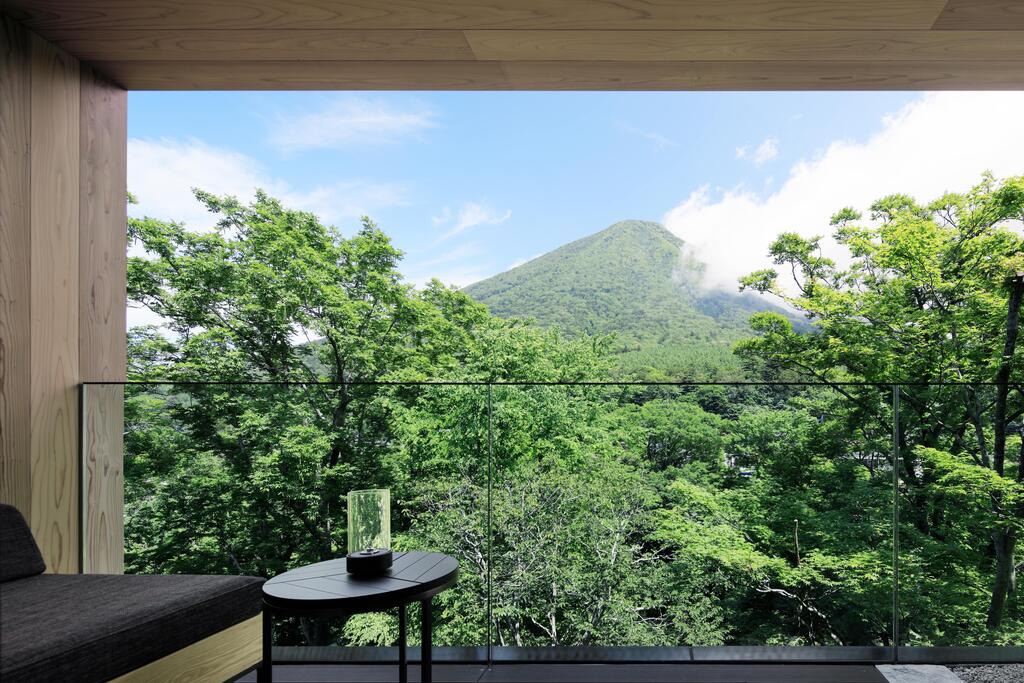
Opened just a few years ago, the Ritz Carlton Nikko is impressive even by 5 star hotel standards. Enjoy incredible views of the surrounding nature and all of the luxuries and exquisite design that this truly stunning property has to offer.
Nikko Temples & Shrines (UNESCO World Heritage Site)
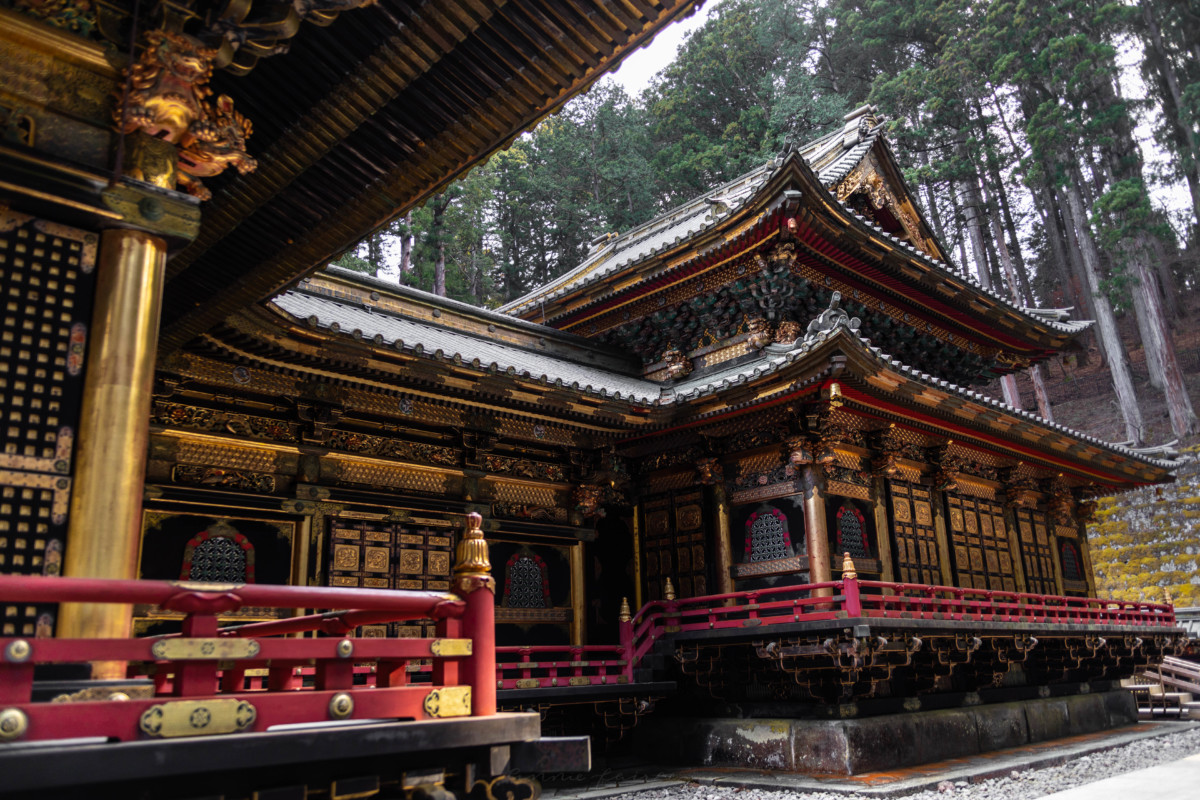
The UNESCO World Heritage Site Shrines and Temples of Nikkō encompasses 103 buildings or structures and the natural setting around them. The whole property area encompasses 23 buildings of Futarasan-jinja Shrine, 42 buildings of Toshogu Shrine, and 38 buildings of Rinnô-ji Temple. Nine of the structures are designated National Treasures of Japan while the remaining 94 are Important Cultural Properties. UNESCO listed the site as World Heritage in 1999.
Futarasasn-jinja Shrine and Rinnoji Temple were both founded by Buddhist monk Shodo Shonin in the782AD. The temple complex has numerous structures linked together by serene mountain paths and showcases numerous artifacts and monuments, a Japanese style garden, and priceless artifacts such as gold lacquered statues of three Kannon deities.
Spread across an expansive natural landscape in Tochigi Prefecture, Nikko is a testament to one of the most important figures in Japan’s history. Tokugawa Ieyasu (ruling from 1603 to 1605) was the first shogun of the Tokugawa Shogunate and is credited with bringing 300 years of peace and stability to the country after a long period of regional conflict. The famed shogun’s remains are entombed at Kunozan Toshogu Shrine.
In a true display of Tokugawa Ieyasu’s importance, as many as 127,000 craftsmen were involved in constructing the shrine memorializing him using the highest level of technology available at the time. The complex is made up of over a dozen structures, including a five-story pagoda, Honjido Hall, and the brilliantly colored Yomeimon Gate.
Walk across the 28-meter-long iconic wooden Shinkyo Bridge that serves as the sacred entrance to Nikko. The structure is known as one of the top three bridges in the country, and the vermilion-lacquered arch surrounded by lush foliage and a serene river makes for a particularly beautiful photo.
The Chuzenji Lake at the inner part of Nikko has been created by an eruption of Mount Nantai. From the Meiji period (1868-1912) until the early Showa period (1926-1989), it attracted lots of foreign diplomats who built their summer residences there.
There are a lot of waterfalls in Nikko, but Kegon Falls is by far the most famous and even made it to Japan’s best waterfalls top 3. In true Japanese style, mixing modern and ancient, take an elevator to the observation deck to get a closer look at the base of the falls.
Accommodation
Tokyo (Western Hotel, One Night)
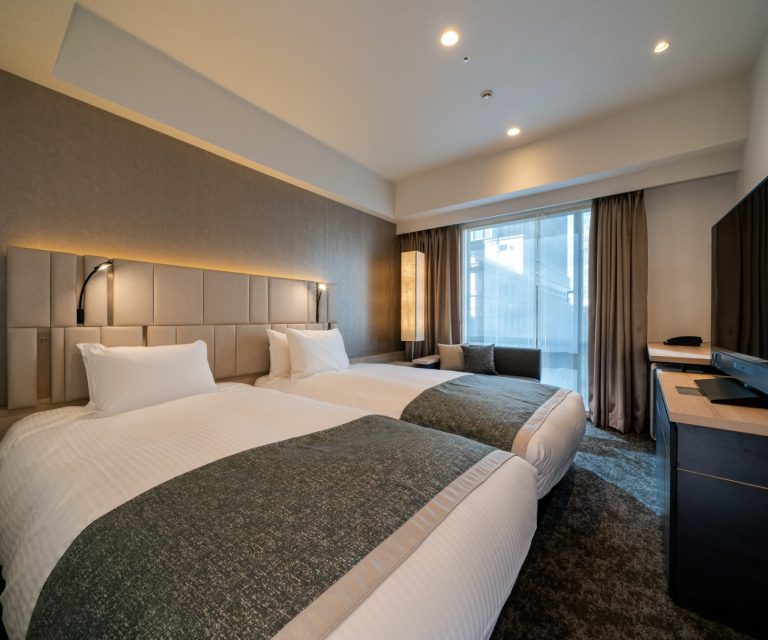
Super Deluxe: Park Hyatt Tokyo (or similar)
Aomori (Deluxe Japanese Style Ryokan, One Night)
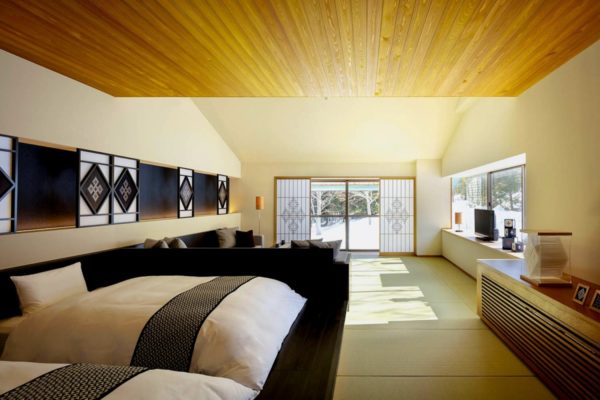
Standard:
Superior:
Deluxe:
Super Deluxe Ryokan: Hoshino Resorts Kai Tsugaru (Japanese Style)
[Includes Breakfast, Dinner & Onsen (hot spring bath)]
Noshiro (Japanese Style Ryokan, Two Nights)
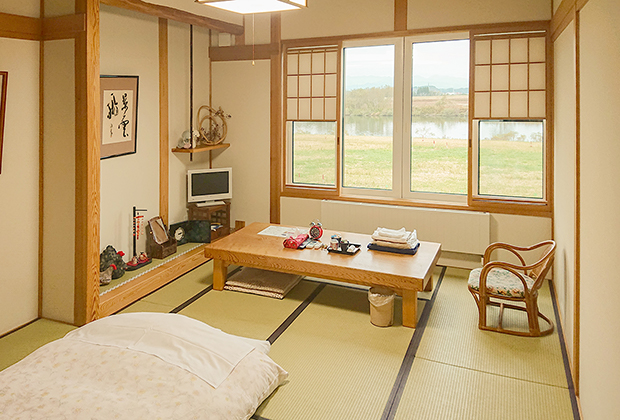
Standard: Berabou Inn
Superior:
Deluxe:
Super Deluxe:
[Includes two breakfasts & one dinner (using wild ingredients foraged in the forest), taxes and charges]
Oga Peninsula
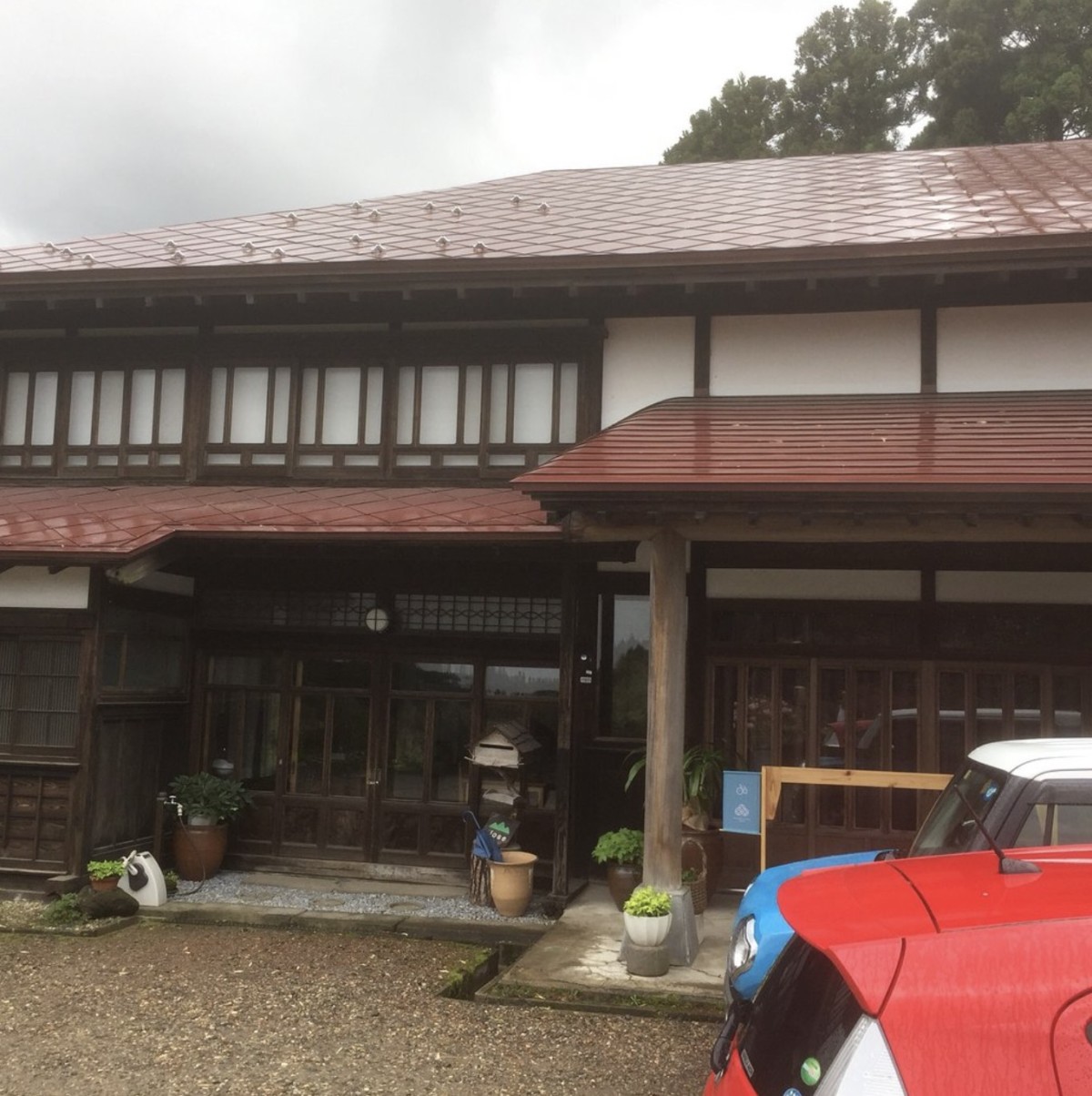
Standard: Ninigi Guesthouse Satoyama
Superior:
Deluxe:
Super Deluxe:
[Includes Breakfast]
Kakunodate (Japanese Style Ryokan, Two Nights)
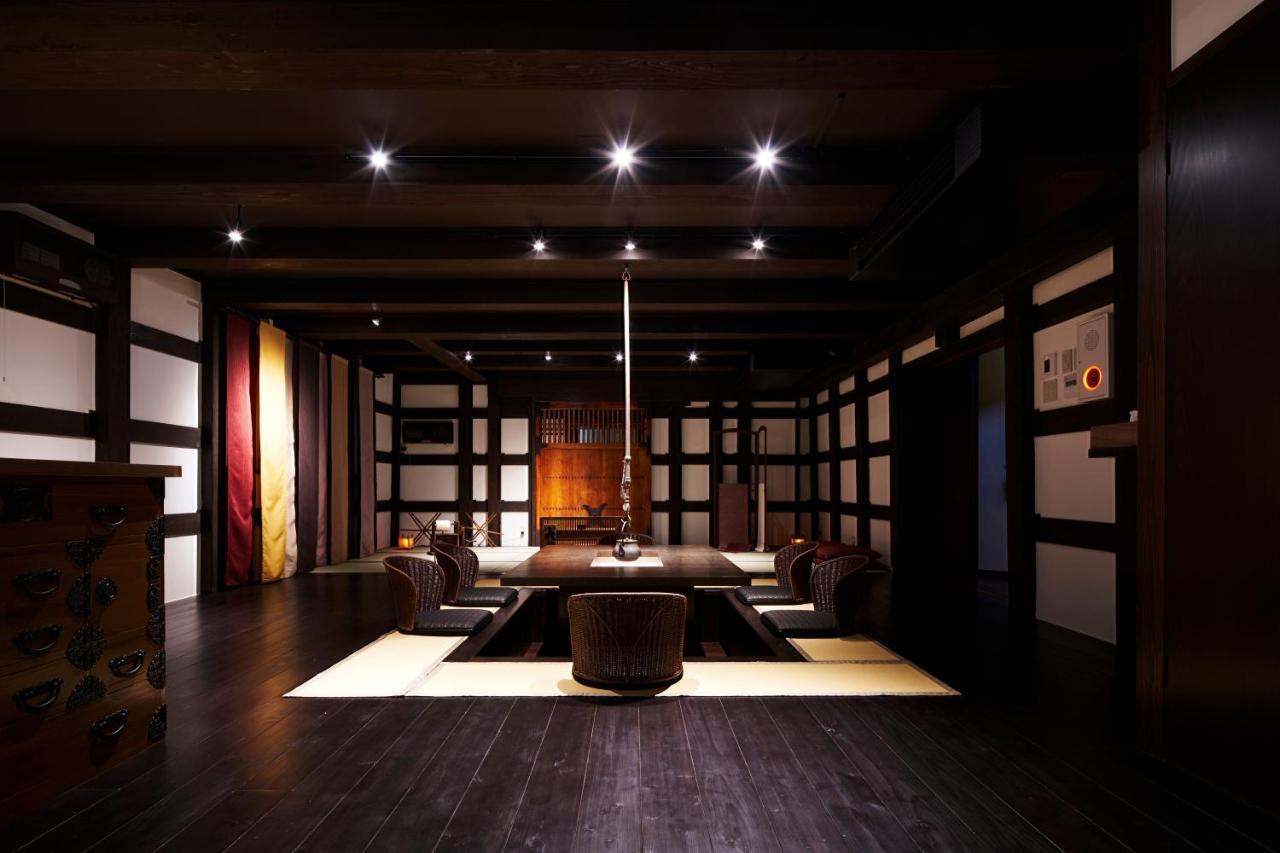
[Includes breakfast daily]
Lake Tazawa
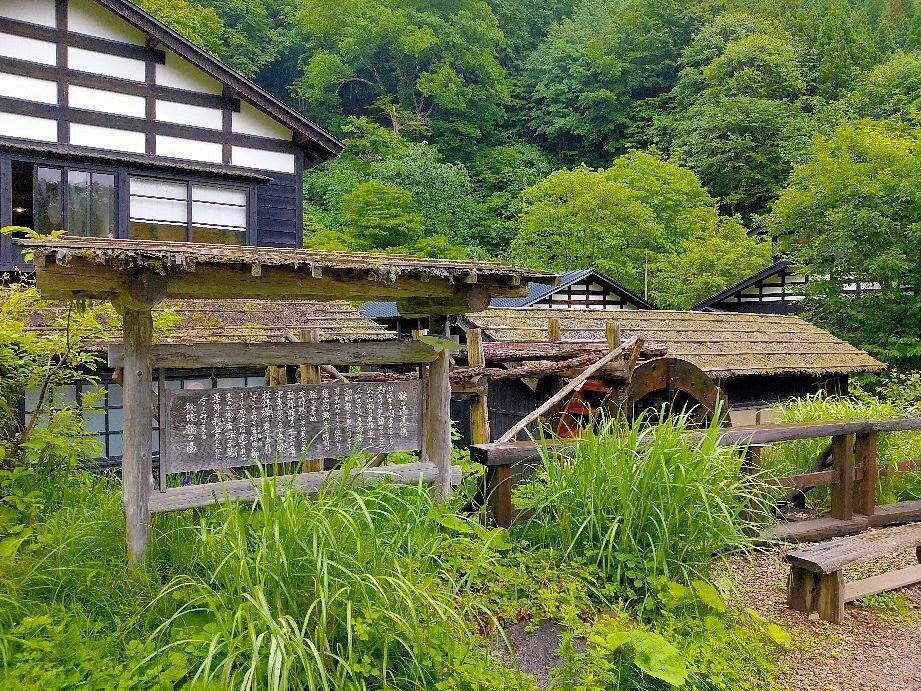
[Includes breakfast and dinner and onsen (hot spring bath)]
Sendai City (Western Style Hotel, two nights)
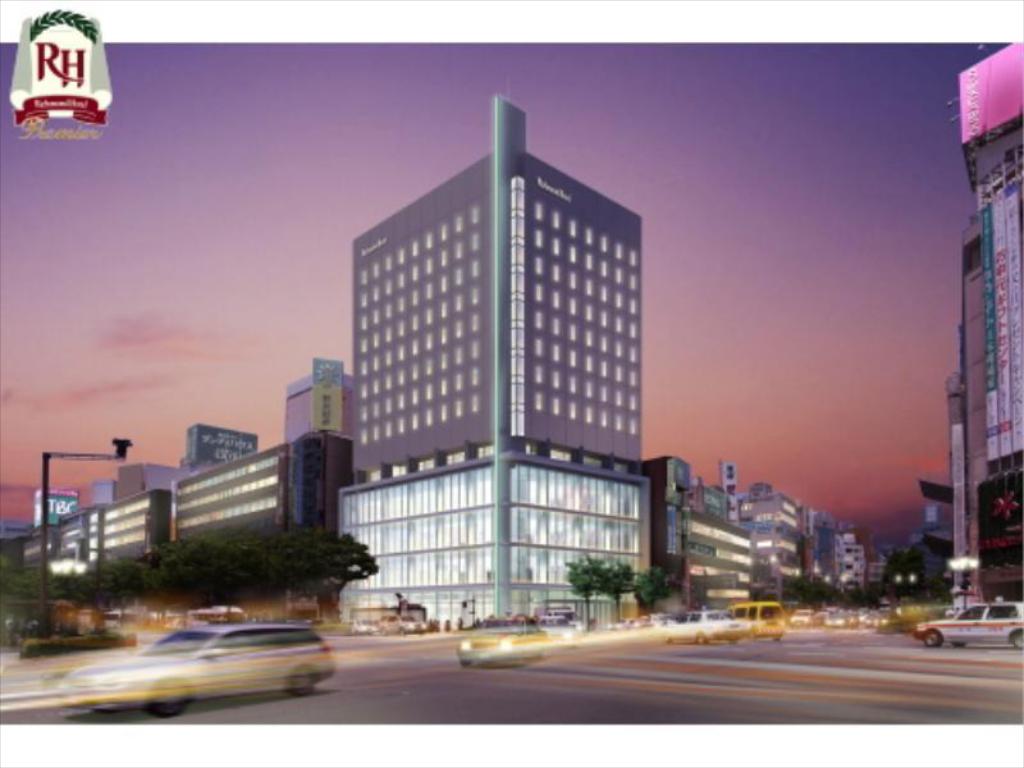
[Includes breakfast]
Aizuwakamatsu (Japanese Style Ryokan, One Night)
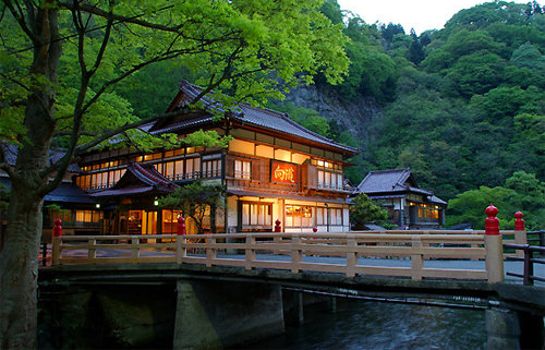
[Includes breakfast, dinner & Onsen (hot spring bath)]
Ochijuku (Japanese Style Ryokan, One Night)
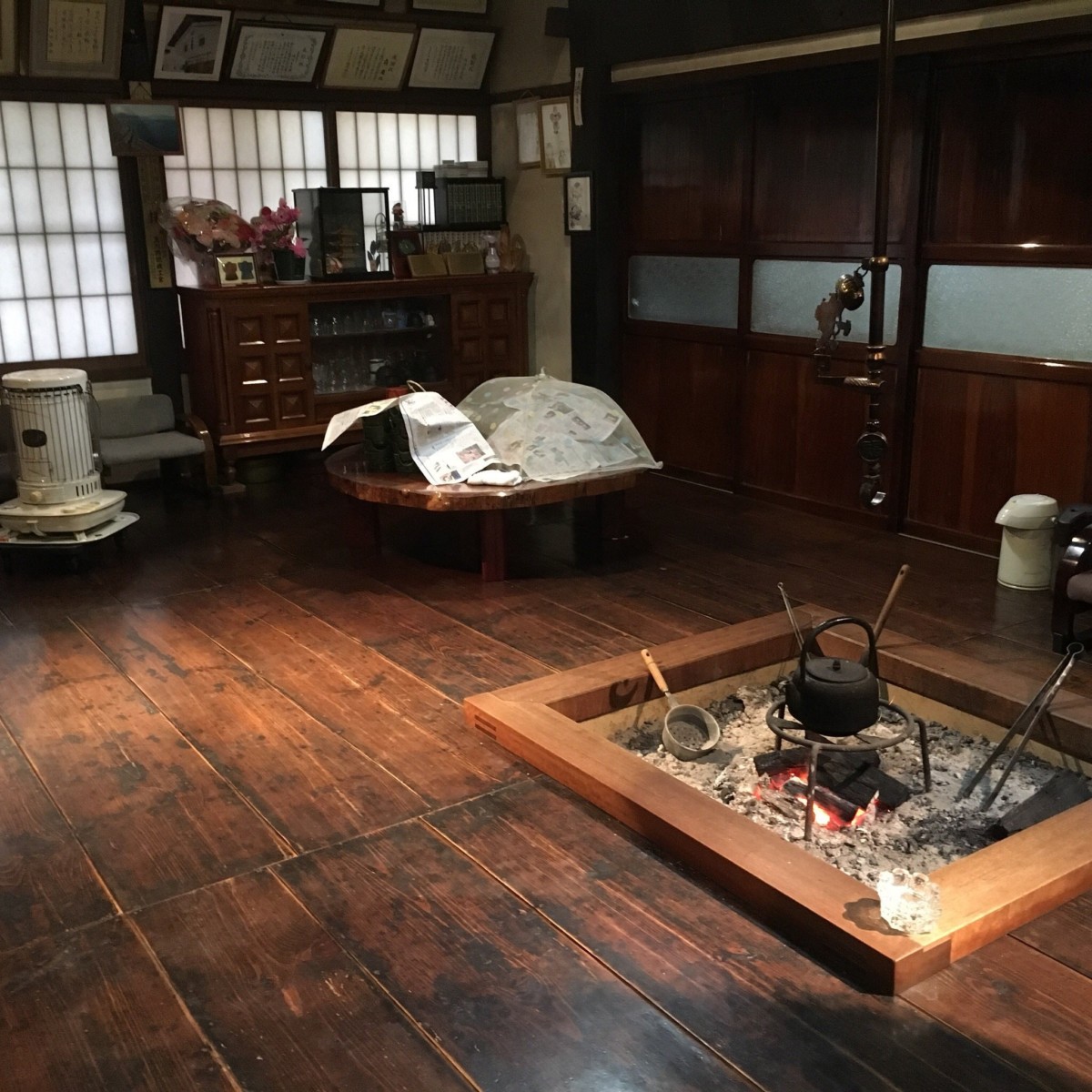
Nikko (Western Style Hotel, one night)
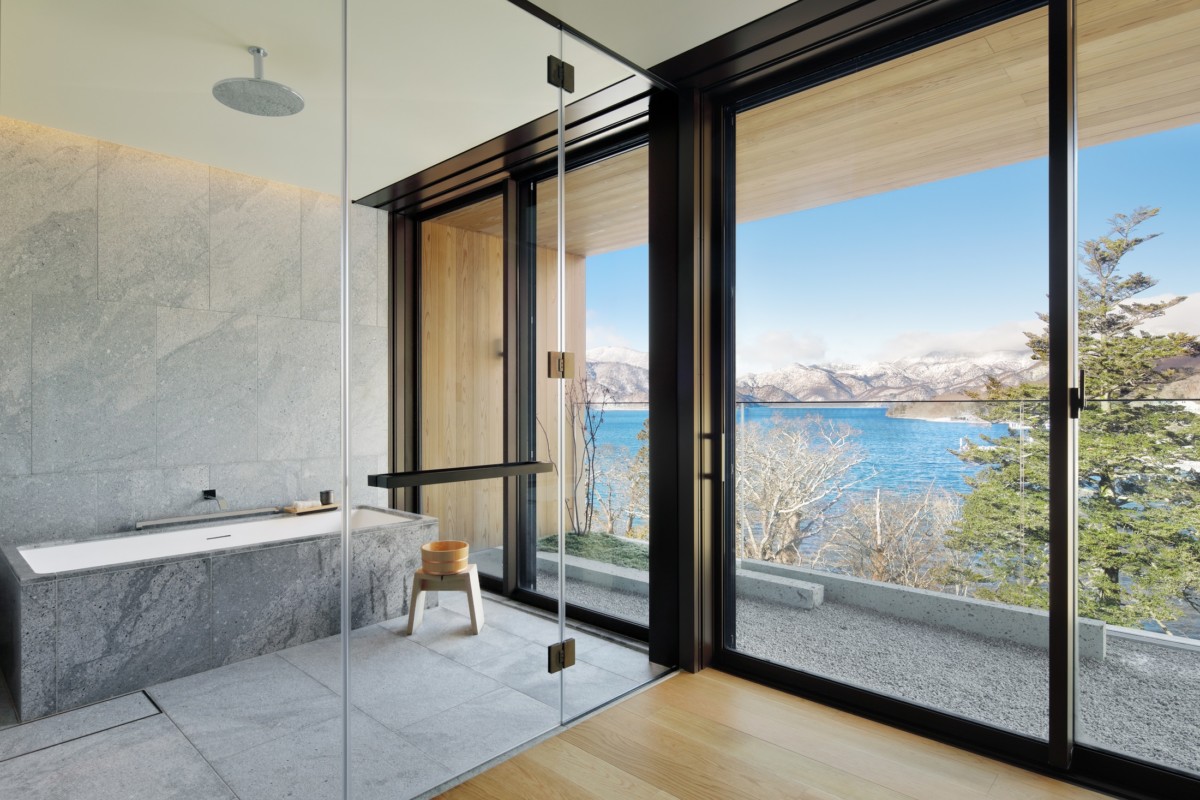
Tokyo (Western Style Hotel, two nights)

Super Deluxe: Park Hyatt Tokyo (or similar)
Whats included
| Service | Superior | ||
|---|---|---|---|
| Airport Transfers (Arrival & departure) | Shared Transfers (Door-to-door) | ||
| 15 Nights Accommodation | 4*/5* Western (6) + Japanese Ryokan (9) + | ||
| Meals | 15 breakfast / 6 dinners | ||
| Transport |
| ||
| Tokyo Guided Tour | Private/Full Day | ||
| Noshiro Forest Foraging Guide | Private/Half Day | ||
| Oga Peninsula Hipster Sake Brewery Tour | Half Day | ||
| Tazawako Cycling Tour | Private/Half Day | ||
Yamadera & Matsushima Guide Aizuwakamatsu Tour Guide Nikko Tour Guide UJT’s Essential Travel Pack | Private/Full Day Private/Full Day Private/Full Day with Private Transport Received 2 weeks prior to departure |
2022 Per Person Prices from:
| Tour Category | EUR | GBP | USD | AUD |
|---|---|---|---|---|
| Superior (4*) | €~ | £~ | $~ | $~ |
Prices are per person and based on two people sharing a Twin or Double Room. Single room supplements apply. Exchange rate fluctuations may lead to price changes. Peak Season Supplements may apply during Cherry Blossom Season, Autumn Leaf Season, National Holiday Weekends inside Japan however it is always our aim to keep prices as advertised. To avoid supplements, early booking is recommended.
Itinerary
Day 1 - Tokyo
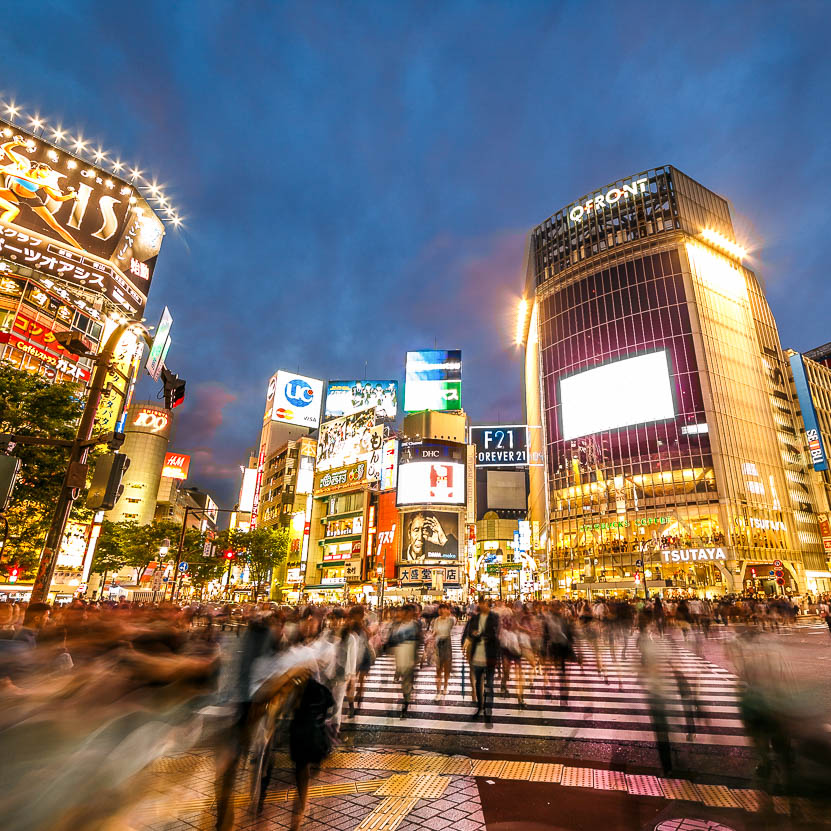
Arrive in one of Tokyo’s International Airports (Haneda or Narita).
Our team will take care of you from the moment you exit the arrivals hall where you will be met by our transfer staff on arrival and be taken directly to your Tokyo hotel. You will have free time to explore Shibuya and the nearby Harajuku or Shinjuku at your leisure.
Western Style Accommodation:
Daiwa Roynet Nishi-Shinjuku Premier (or similar)
(Breakfast)
Day 2 - Owani Onsen
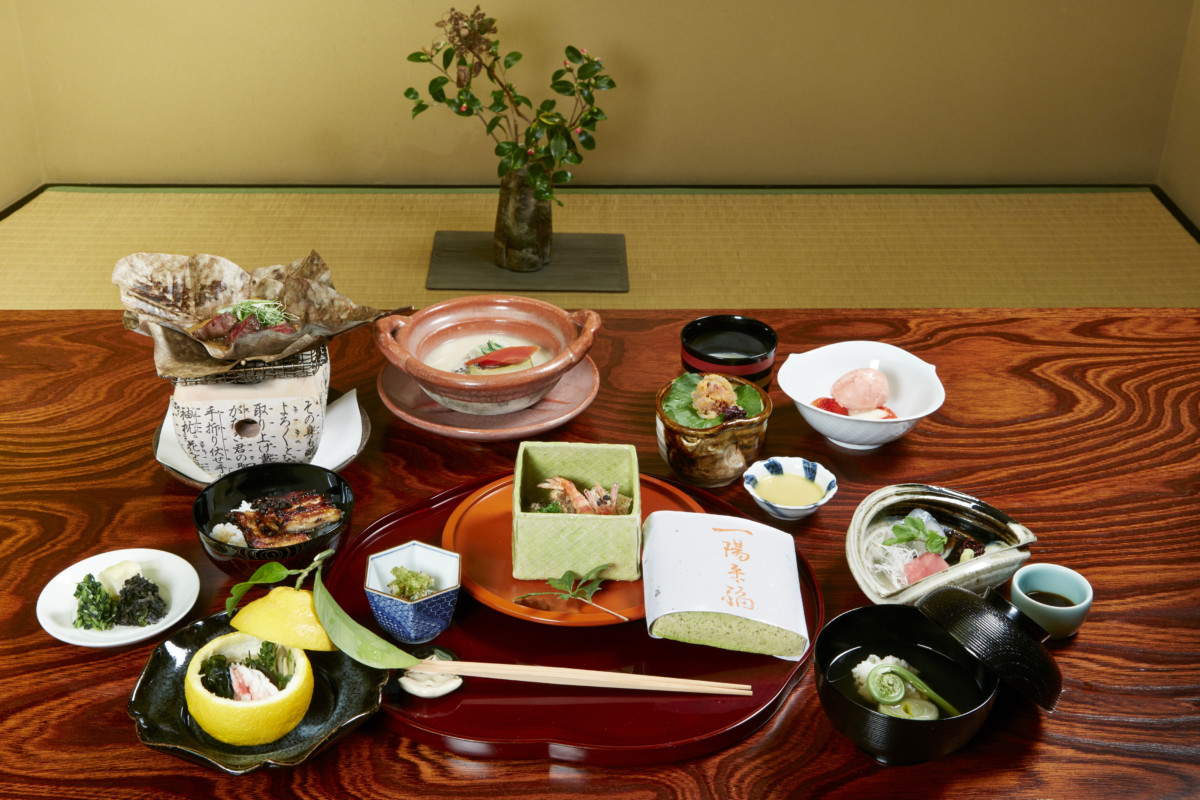
Breakfast at your hotel.
Transfer to Owani Onsen by “Granclass”; Japan’s ultimate luxury bullet train. Enjoy the longest journey of your trip – traversing all the way to the very north of Honshu by the highest class bullet train. Evening at leisure at your Ryokan.
Highlights:
- Kaiseki dinner at your Ryokan
- Granclass car: The ultimate luxury bullet train
Japanese Style Ryokan:
Hoshino Resorts Kai Tsugaru
(Breakfast & Dinner)
Day 3 - Noshiro
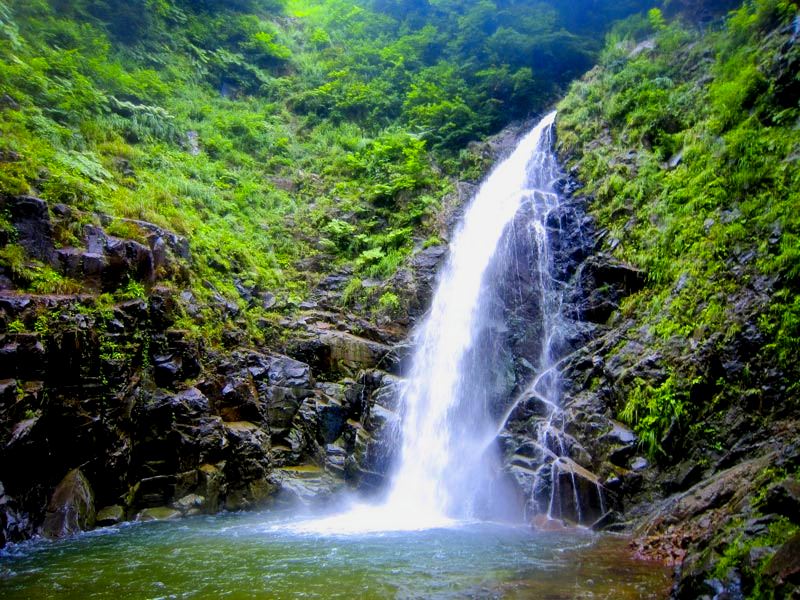
Breakfast at your hotel. Travel from Hirosaki to Juniko via Shirakami Resort Liner (2.5 hours) where you can visit the 12 Lakes area. After, take the Resort Liner from Juniko to Noshiro (1 hour).
Highlights:
- A self-guided exploration of the 12 Lakes area – including Ao-ike (the blue pond)
- A journey through the region’s stunning scenery on the Shirakami Resort Liner.
Japanese Style Ryokan:
Berabou Inn
(Breakfast)
Day 4 - Noshiro

Breakfast at your hotel. Your guide, Kawata-san will collect you after breakfast for a 40-minute drive to take you to the forest for your foraging tour. In the afternoon return to your ryokan and have dinner (prepared with the wild ingredients collected during your trip!) at a local izakaya .
Highlights:
- Foraging tour with a local expert guide to pick mushrooms, wild berries, watercress, tanishi and strawberries (depending on season)
- A Bento box lunch in a local restaurant in the national park.
- A tasty dinner made from the wild ingredients collected in the morning and other specialities from the region such as Hinaijidori chicken served as yaki-tori (chicken on sticks!) at a local izakaya
Japanese Style Ryokan:
Berabou Inn
(Breakfast & Dinner using wild ingredients foraged in the forest)
Day 5 - Oga Peninsula

Breakfast at the hotel. Collect your rental car at Noshiro station and take the 1 hour coastal drive to your rural lodgings in Oga Peninsula. Consider lunch at the nearby fish market before heading along the undulating roads of the west coast. Try to catch the sun set over Godzilla Rock before heading back to your accommodation to change before heading out to enjoy a sake brewery tour and exquisite pairing course.
What to expect:
- A local lunch at a nearby fish market (paid locally)
- A chance to watch the sun set over Gozilla Rock
- Local sake brewery tour and exquisite pairing course
Japanese Style Ryokan:
Ninigi Guesthouse Satoyama
(breakfast and dinner)
Day 6 - Kakunodate
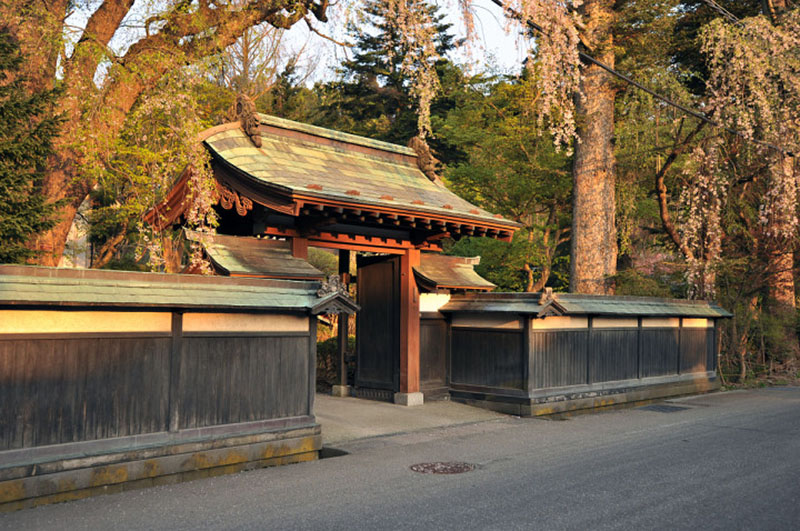
Breakfast at your guesthouse. Morning at leisure to explore the Oga Peninsula. Depending on your preferences, the time of year and the weather you have the following options to consider: Dairyuji Temple visit, Namahage Museum, Village Craft Center visit, Yuzankaku Onsen, Cape Nyudo.
Later, drive to Akita City to drop off your rental car and continue by train to Kakunodate.
Afternoon at leisure to explore the local area, including the Edo-period samurai district and the enchanting merchants’ quarter. You can visit several of these faithfully preserved residences, with their beautifully maintained Japanese gardens.
Japanese Style Accommodation:
Wanoi
(Breakfast)
Day 7 - Kakunodate
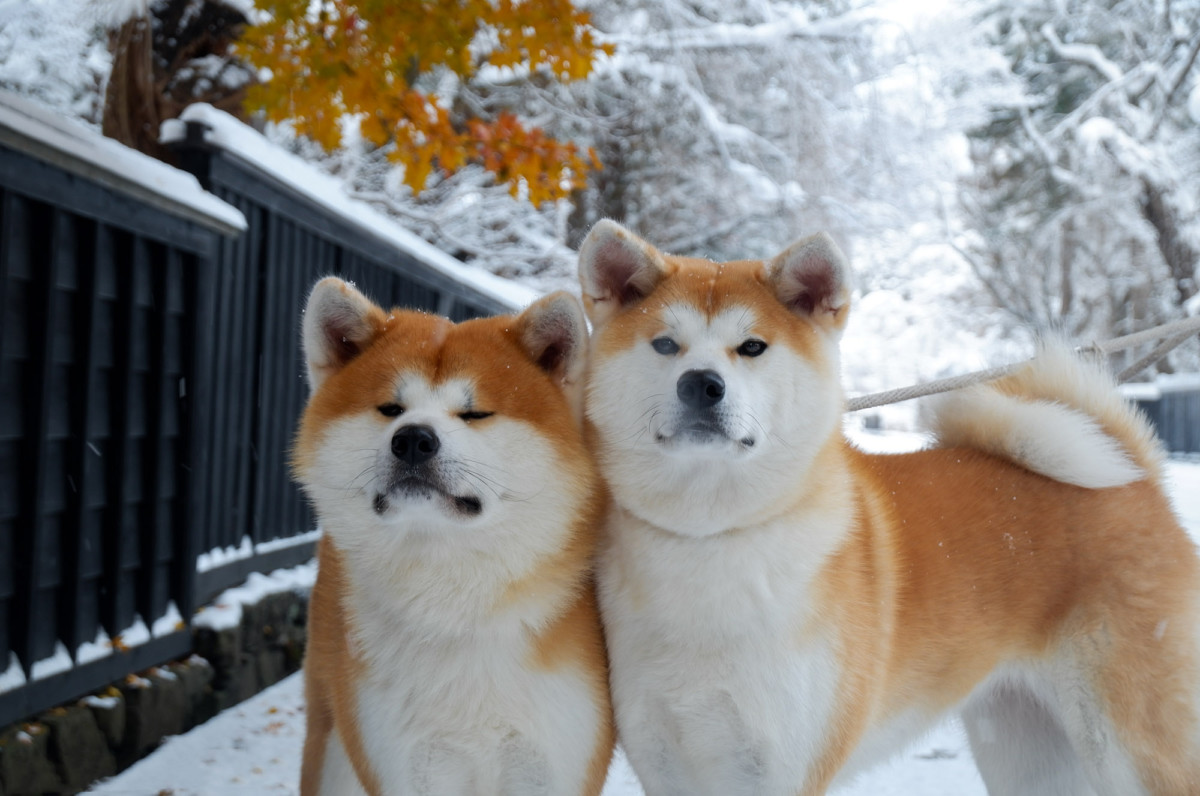
Breakfast at the hotel. In the morning take a walk around the local area with two gorgeous Akita dogs and Yoshimi-san, their English speaking owner. Later visit a craft workshop specialising in making objects using the bark from wild cherry trees where you can make a miniature cherry bark wall-hanging, all under the guidance of the resident experts.
Japanese Style Accommodation:
Wanoi
(Breakfast)
Day 8 - Lake Tazawa
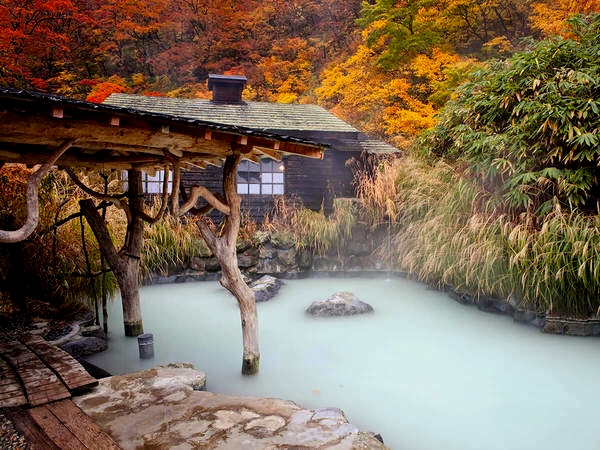
Breakfast at your hotel. Travel to Lake Tazawa, just 25-minutes away by taxi.
What to expect:
- Take a 2-hour cycling tour around Lake Tazawa, visiting local markets and farms, with the opportunity to talk to the farmers.
- Collect ingredients for a tasty barbeque lunch cooked by your hosts at the lakeshore.
- In case of inclement weather visit one of Japan’s most iconic and authentic hot springs, Nyuto Onsen
- Immerse yourself in real rural Akita at a farmstay on the outskirts of Kakunodate.
- Make Kiritanpo (a local Akita hot pot dish) with your host with home-grown rice and vegetables.
Japanese Style Ryokan:
Iori Farmstay
(breakfast and dinner)
Day 9 - Sendai City
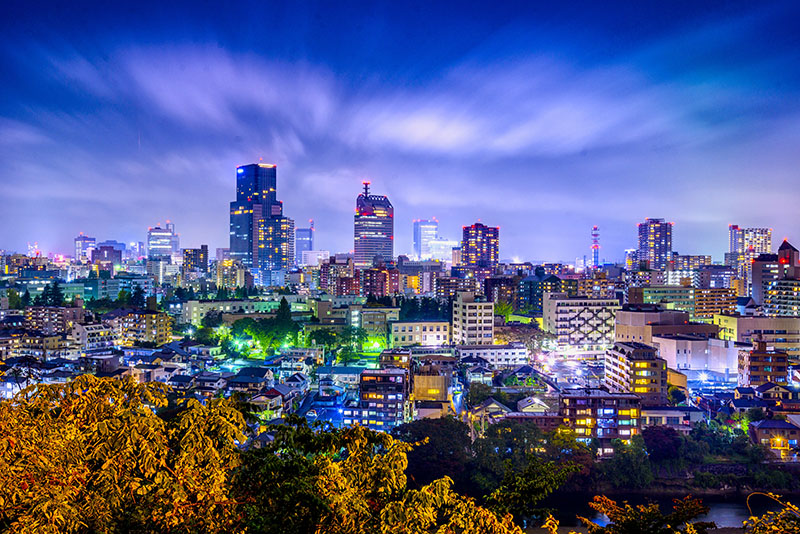
Breakfast at your hotel. Take the bullet-train south to Sendai – a modern city with a rich history. Spend the afternoon exploring Sendai at your own pace.
What to expect:
- Use the loop bus to explore the city – visit castle ruins and the mausoleum of Sendai’s founding father, Date Masamune.
Western Style Accommodation:
Richmond Hotel Premier Sendai Ekimae
(Breakfast)
Day 10 - Sendai City
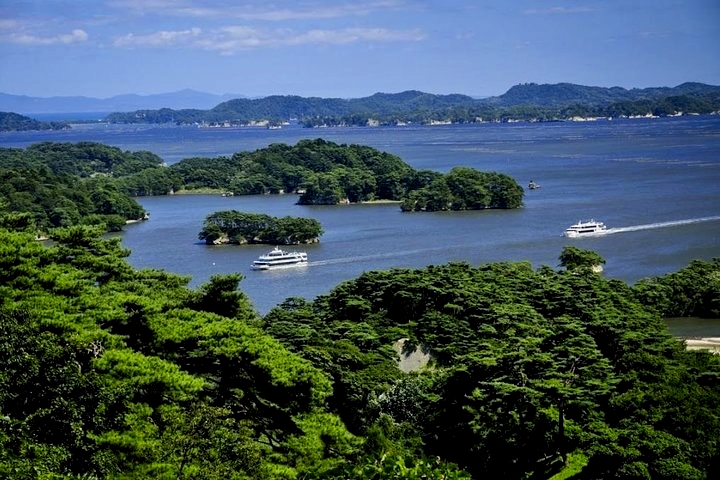
Breakfast at the hotel. Today visit the island-studded bay of Matsushima – celebrated as one of Japan’s three most scenic views. Enjoy a circular cruise or, alternatively, we’ll hire a guide to seek out Matsushima’s most famous produce: oysters, which you can pluck fresh from the sea! Back to Sendai City in the evening.
Western Style Accommodation:
Richmond Hotel Premier Sendai Ekimae
(Breakfast)
Day 11 - Aizuwakamatsu
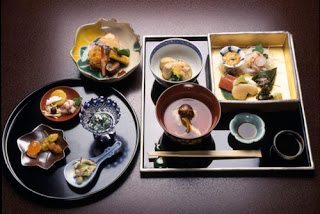
Breakfast at your hotel. Transfer to Kirin Beer Plant for a factory tour & light lunch.
Transfer to Fukushima Fruit Farm by Shinkansen & car. Fruit Picking (all you can eat style) in Fukushima, a well known fruit kingdom in Japan
- Strawberry Picking (Spring)
- Peach Picking (Summer)
- Apple Picking (Fall)
Continue on to Koriyama station by Shinkansen. Transit at Koriyama Station
- Visit the skyscraper Big i building observatory (the tallest building in Fukushima and Planetarium in the world) at Koriyama station for the view.
Transfer to Aizuwakamatsu station by train
Digital Detox at your Ryokan Retreat :
- Relax in the Onsen
- Kaiseki Style Dinner
- Stunning garden and explore authentic Japanese Ryokan building
Japanese Style Ryokan:
Aizu Higashiyama Onsen Mukaitaki
(breakfast, dinner and hot spring bath)
Day 12 - Ochijuku

Breakfast at your hotel.
✪ Samurai Castle & School, Sake Tasting & Brewery Tour, & Gentle Hike & Rowing Boat ✪
What to Expect:
- Tsuruga Castle Cherry blossom festival (Spring only)
- Iimoriyama (Sazaedo temple)
- Visit top Sake brewery (award-winning sake tasting)
- Nisshinkan former Samurai School (traditional Samurai training experience including Japanese kyudo (archery), kendo, tea ceremony, etc.)
- Goshikinuma 5 colored lakes: Stunning view of Mt Bandai, boat rowing & 4km light hike
- Taste Kitakata Ramen – one of the best three ramens in Japan
Japanese Style Ryokan:
Honke Ogiya
(Breakfast and dinner)
Day 13 - Nikko

Breakfast at your ryokan. Morning Stroll at your own leisure.
- Walk through the old traditional Japanese village where you can feel old Japanese lifestyles.
Transfer to Yunokami Onsen Station.
- Dip casually into the foot bath at the station while waiting for your train.
Transfer to Nikko by Aizu Mount Express Train.
- Enjoy the stunning countryside scenery over mountains and rivers from the train
Transfer to your hotel – Luxury awaits! Brand new Ritz Carlton Nikko.
Western Style Accommodation:
The Ritz Carlton Nikko
(Breakfast and dinner)
Day 14 - Tokyo
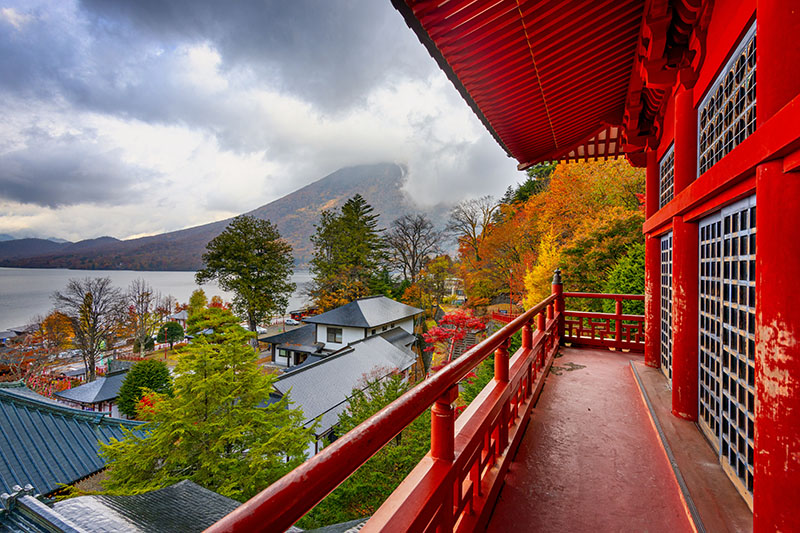
Breakfast at your hotel
✪ Nikko Sightseeing (UNESCO World Heritage Site) full day sightseeing with local guide ✪
What to expect:
- Chuzenji Lake
- Nikko Toshogu shrine (UNESCO WHS)
- Kegon waterfall
- Italian & British Embassy Villa Memorial Park
Your last leg is back to Tokyo (just under a 3-hour journey). More bullet/express trains.
Evening free time at your own leisure in Tokyo
*suggested itinerary will be available in your travel pack
Western Style Accommodation:
Shibuya Tokyu Excel Hotel
(Breakfast)
Day 15 - Tokyo
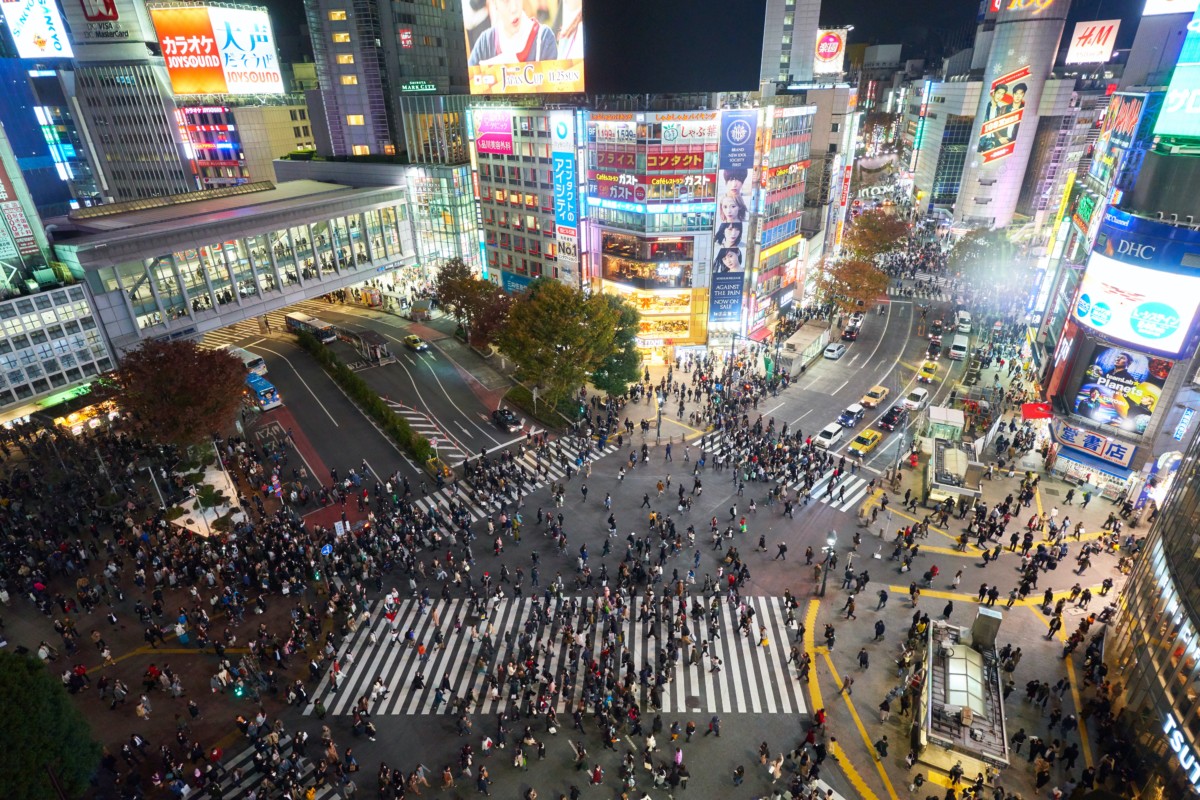
Breakfast at your hotel
Enjoy a free day at your own leisure in Tokyo city.
Western Style Accommodation:
Daiwa Roynet Nishi-Shinjuku Premier (or similar)
(Breakfast)
Day 16 - Tour Ends
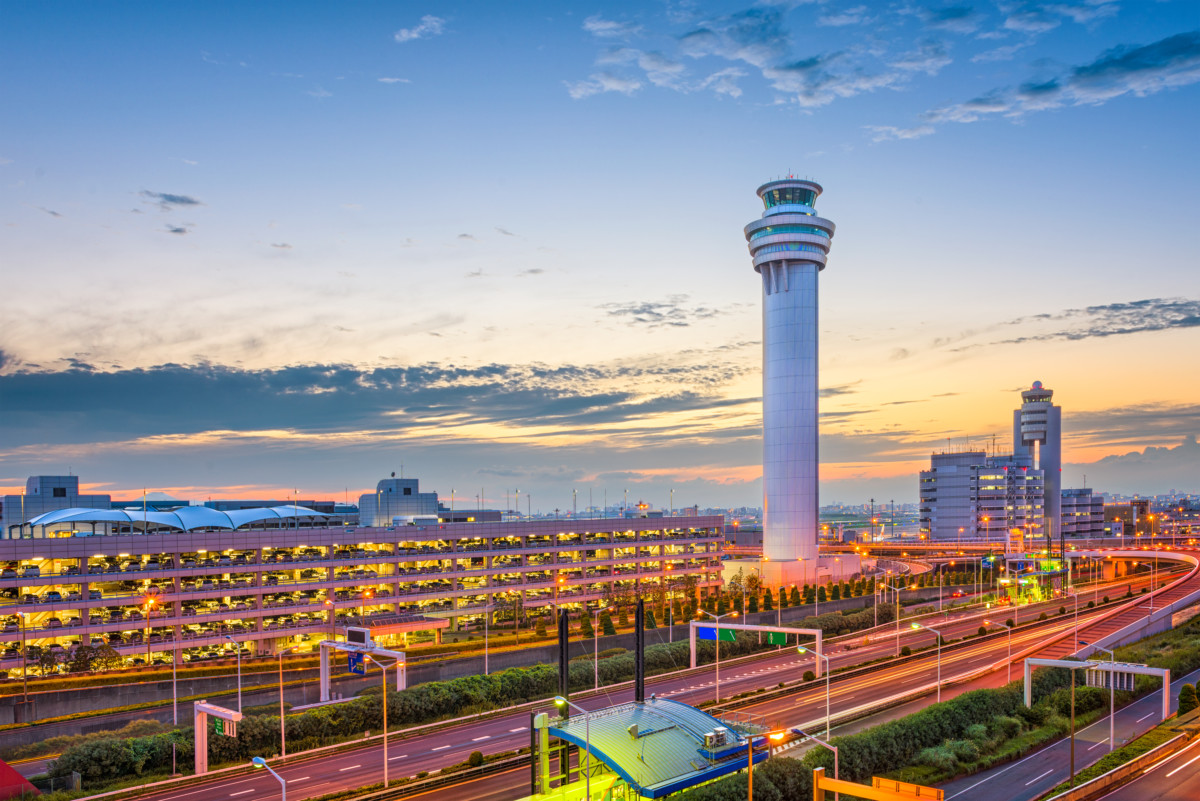
The Discover Tohoku Japan Tour comes to an end after breakfast today.
How to Book
Step 1: Booking Deposit
By paying your deposit today, you:
- Fix the price
- Allow UJT team book all services
- Can relax a little ……your job is almost done!
BOOK NOW

Step 2: Book Your Flight
If you need help, ask our team for a quote. 
Step 3: Final Payment Due 8 Weeks Prior
Your Essential UJT Travel pack will be couriered to your home address 2 weeks prior.

Step 4: See you in Japan!
Got a Question?
Have a few questions before booking your tour to Japan? Please fill out this form and one of our Japan travel consultants will get right back to you.
Total price of this tour
per person
